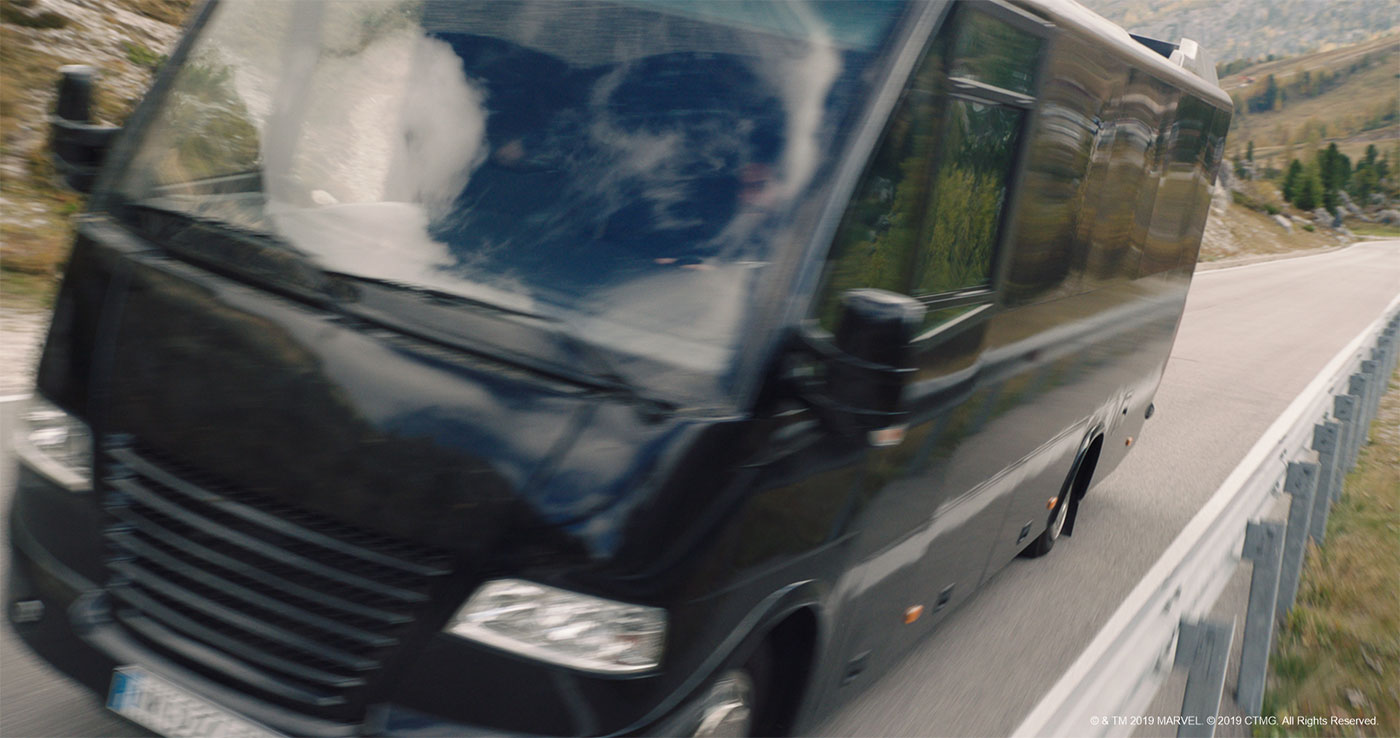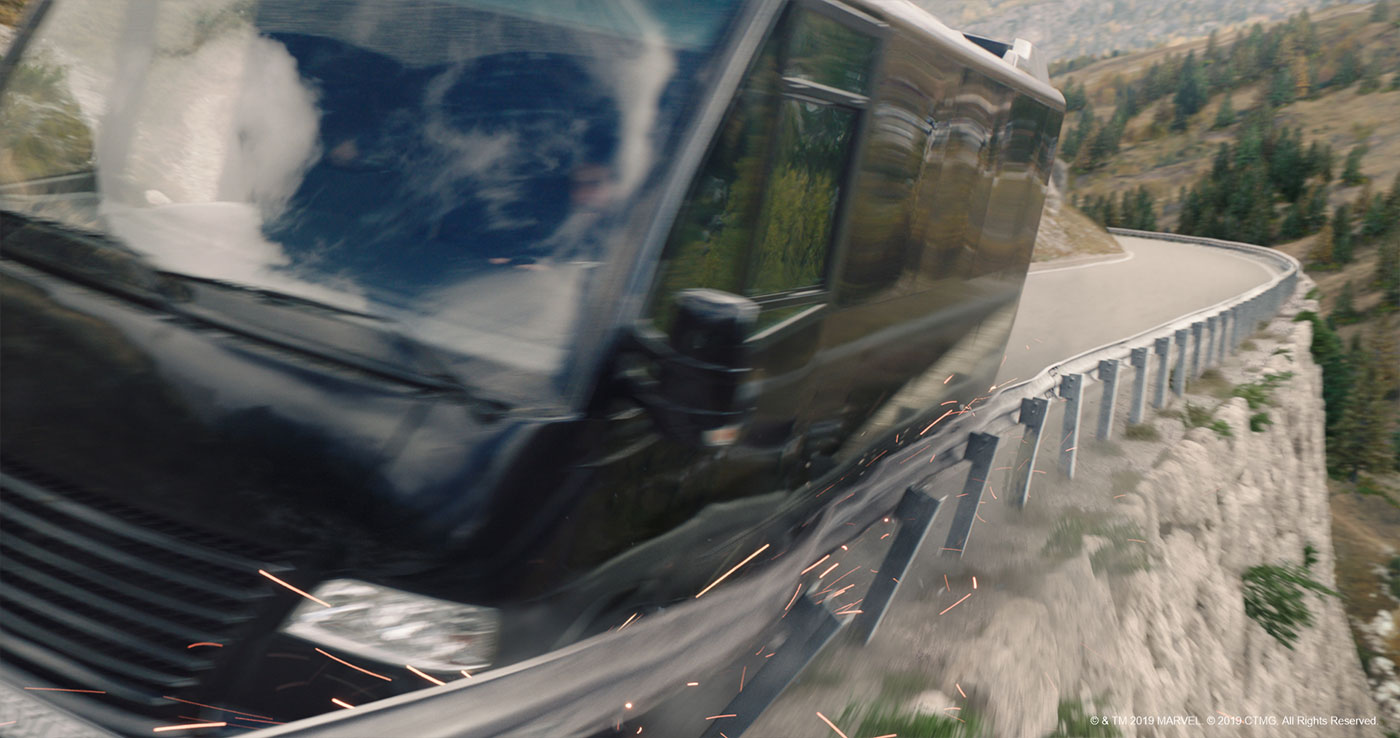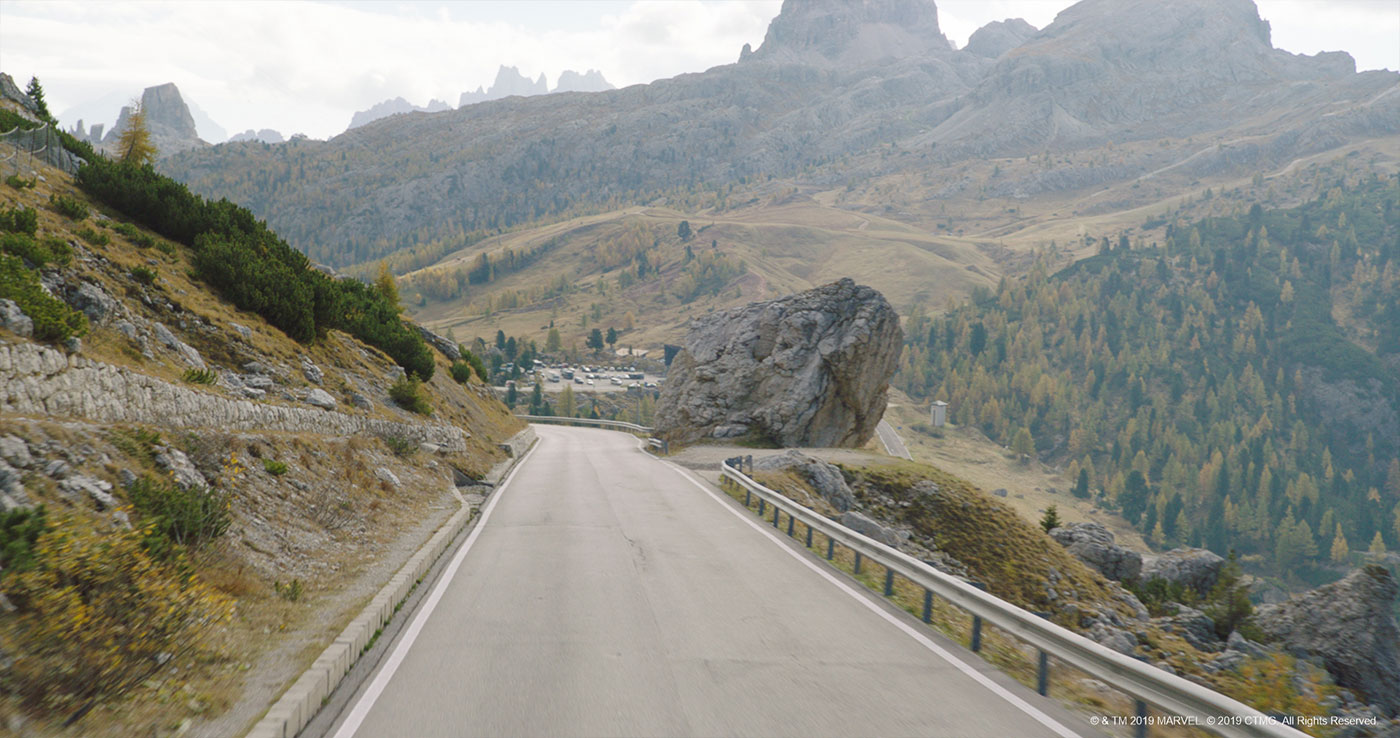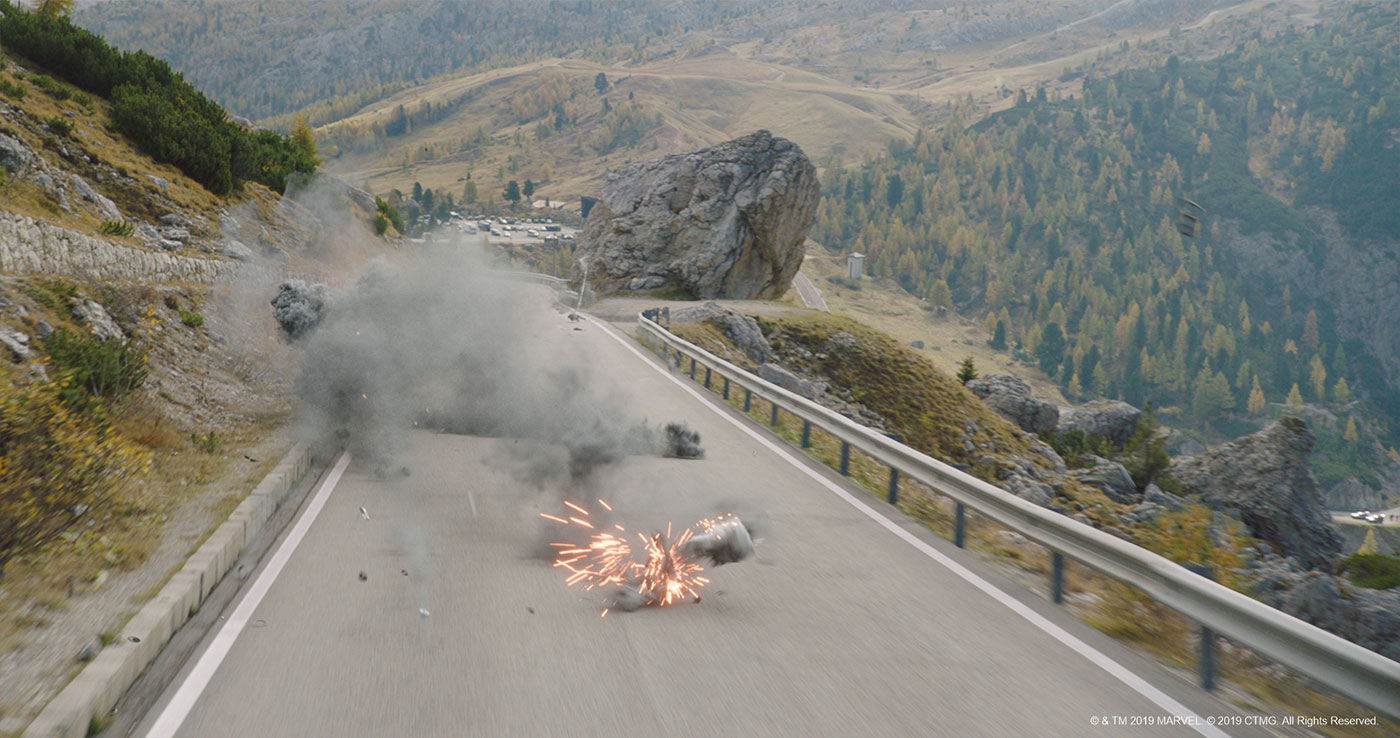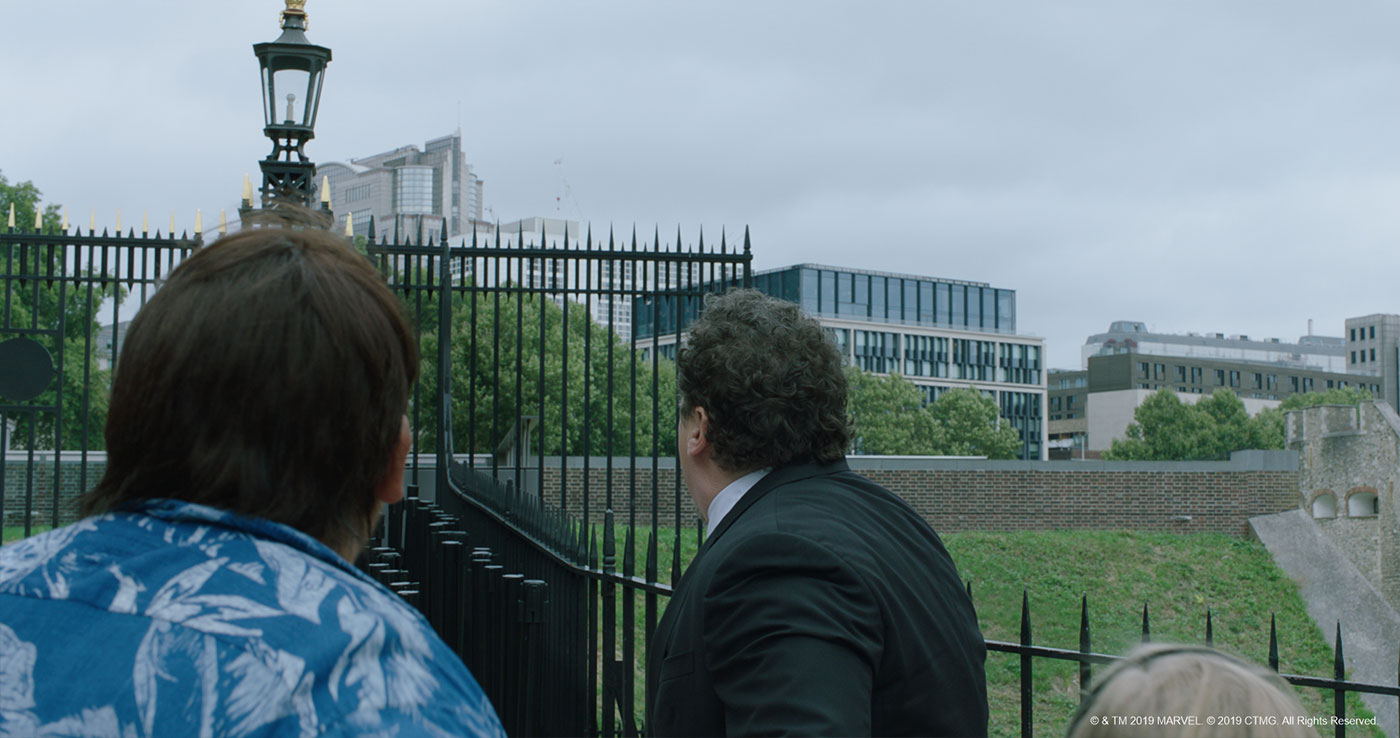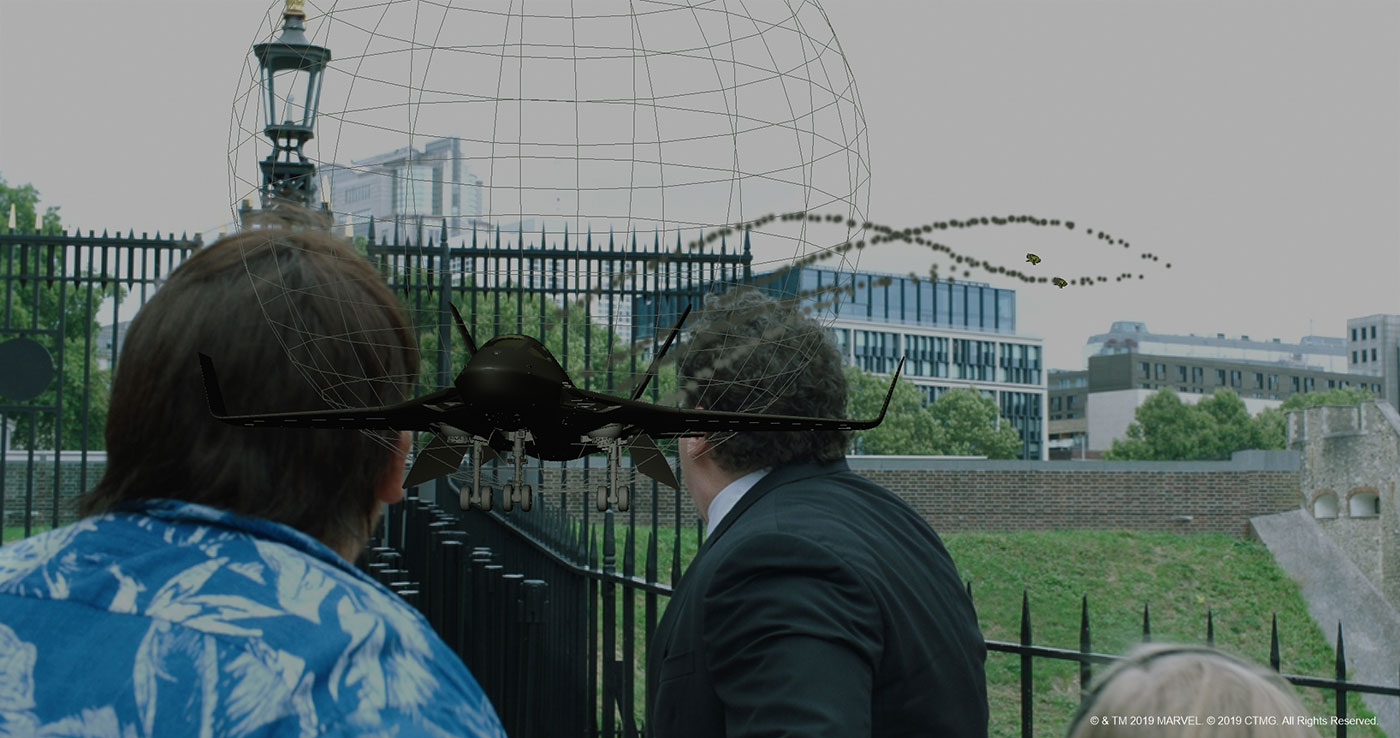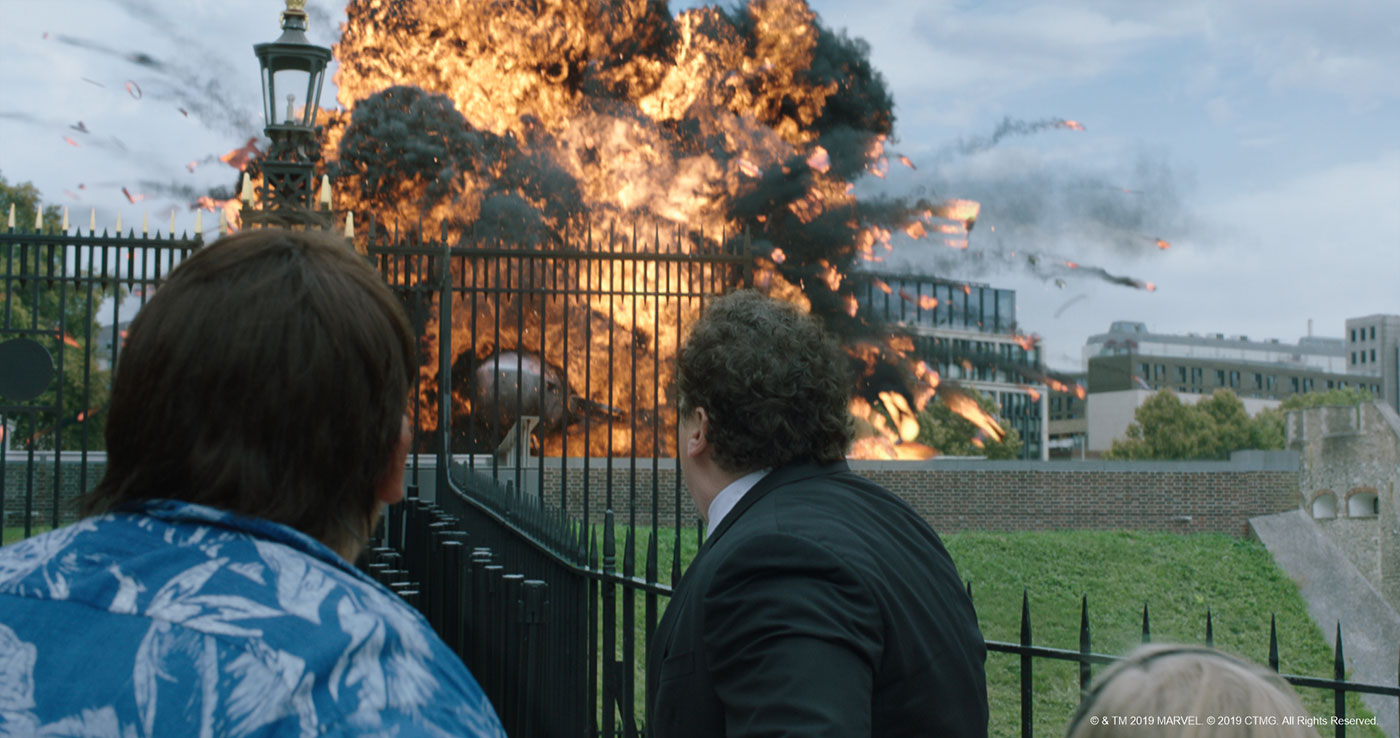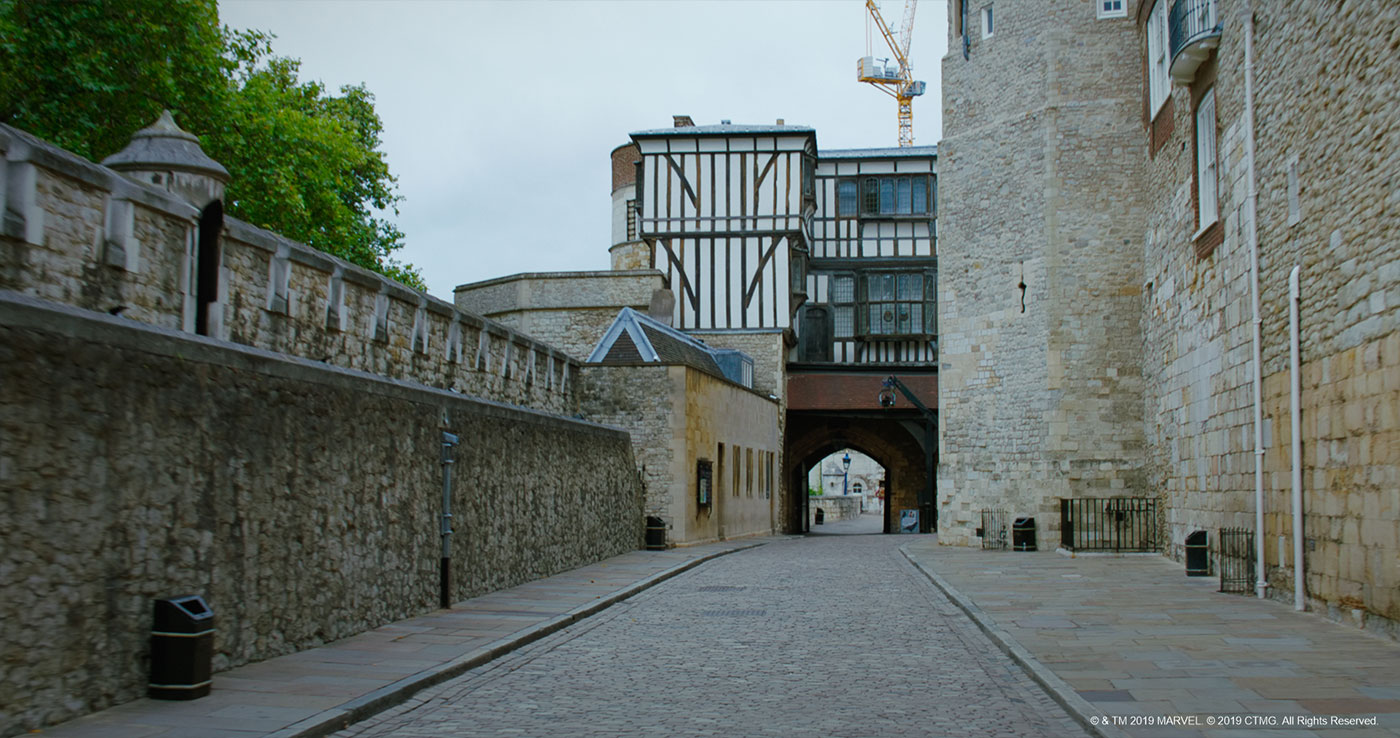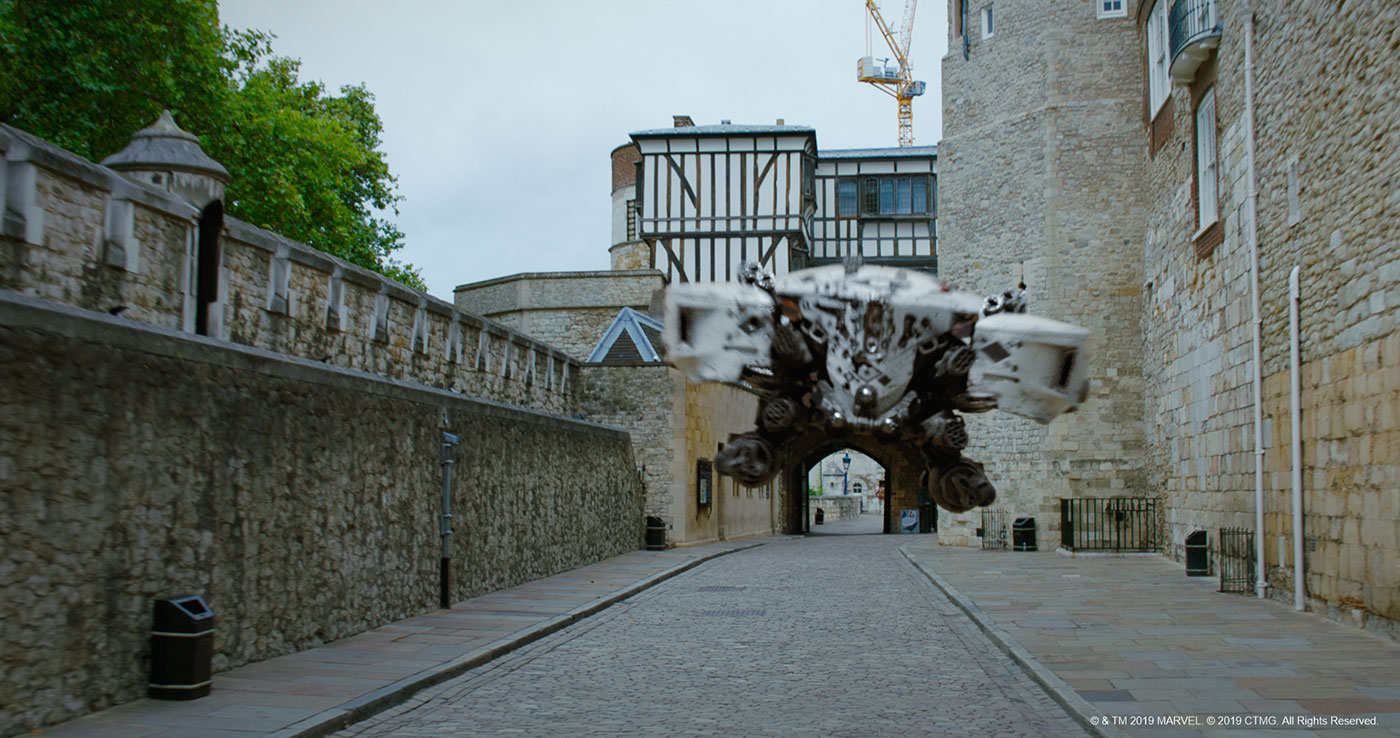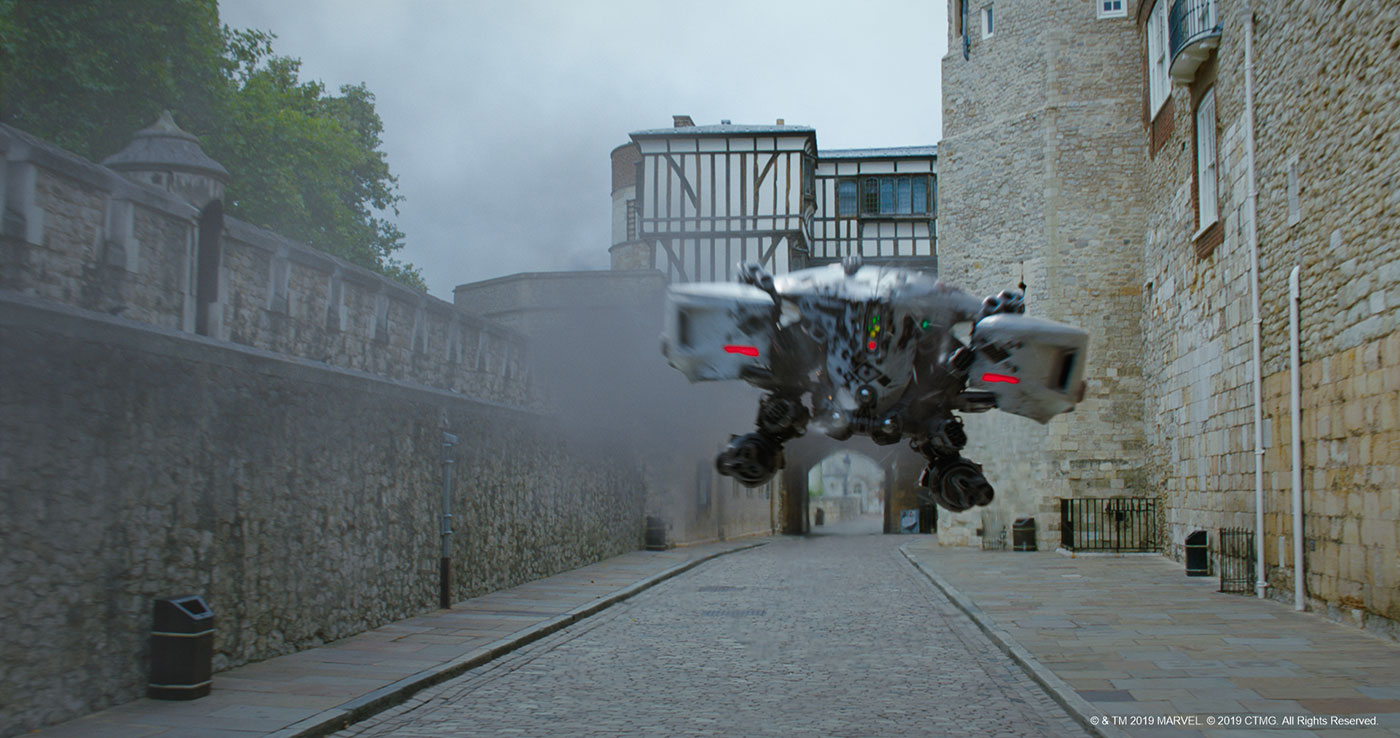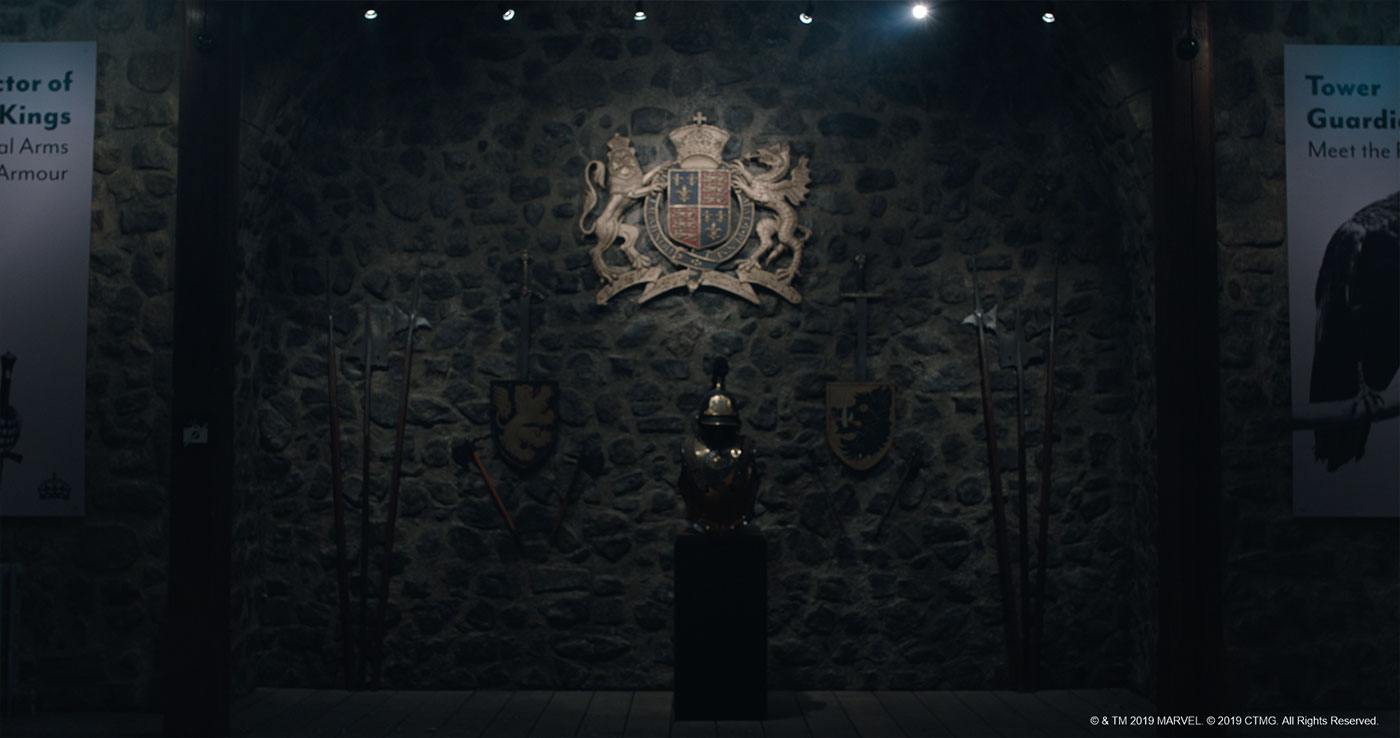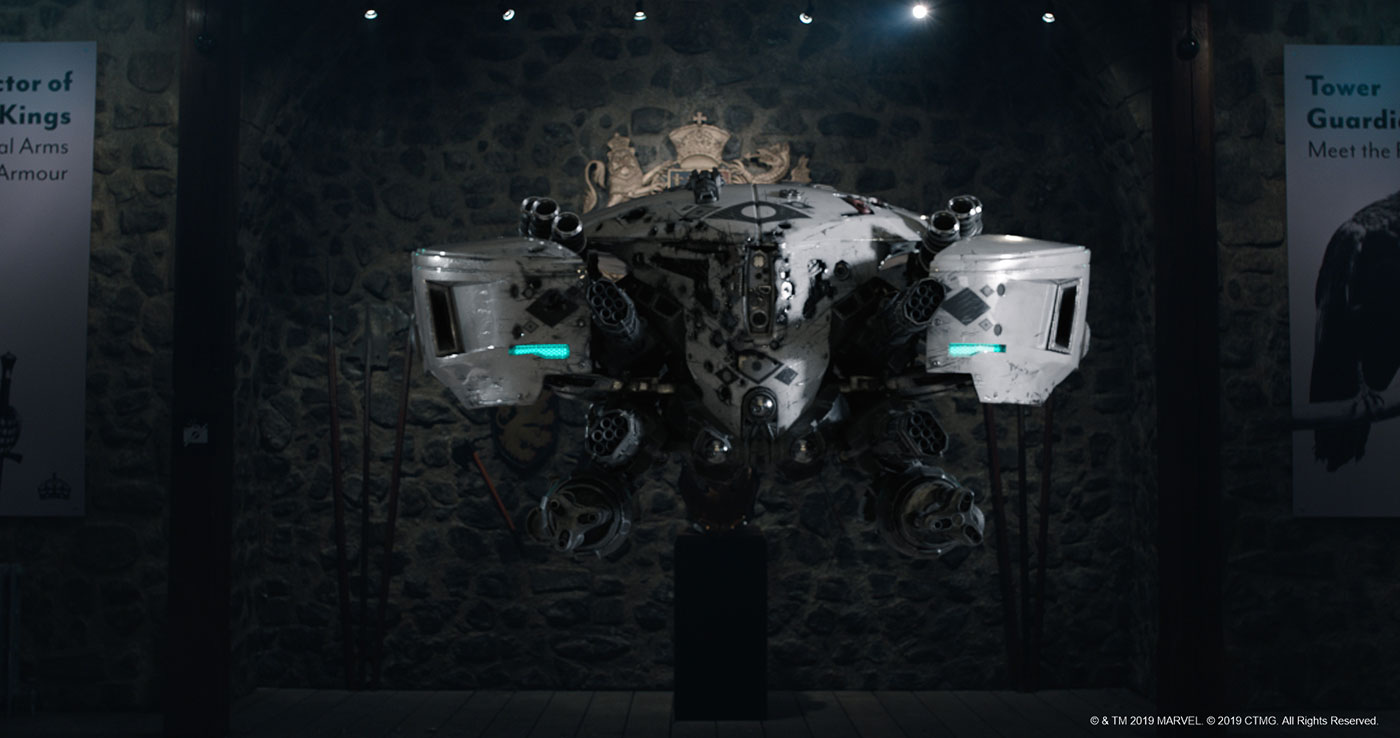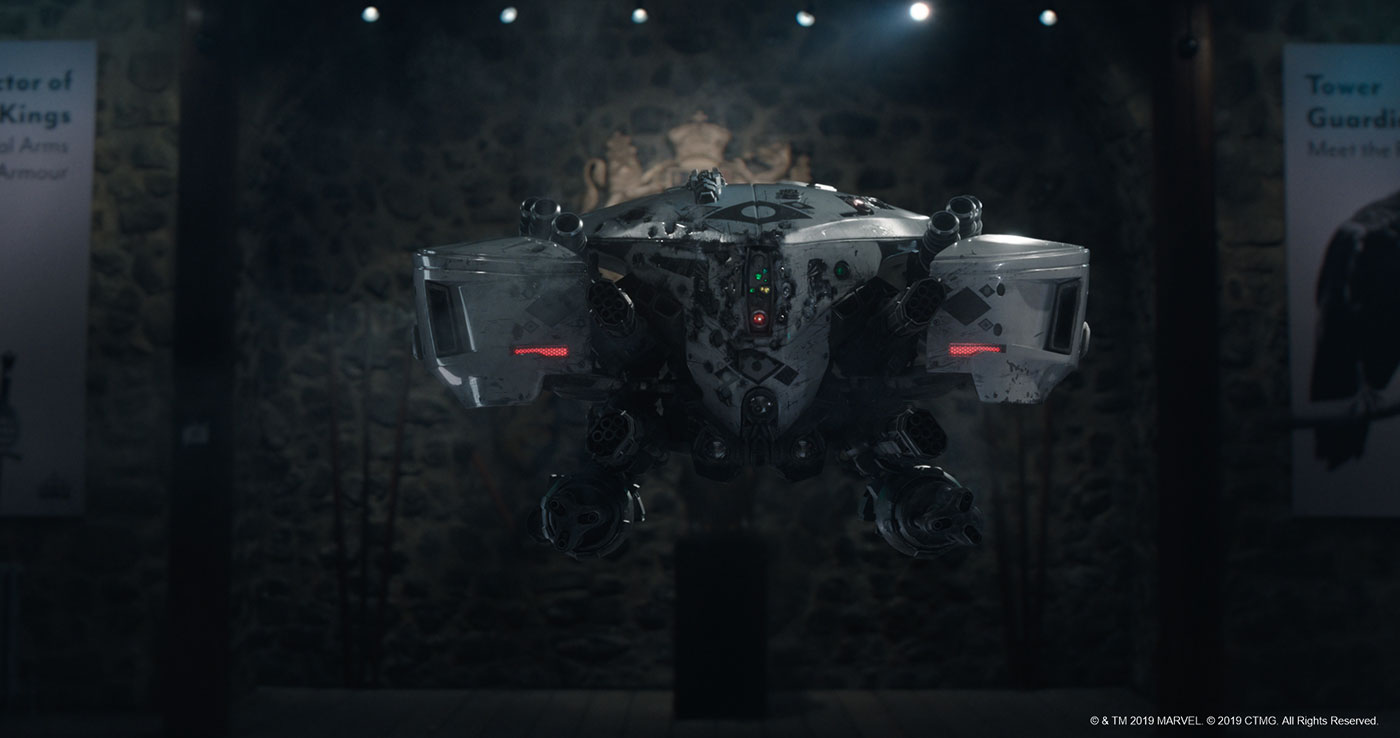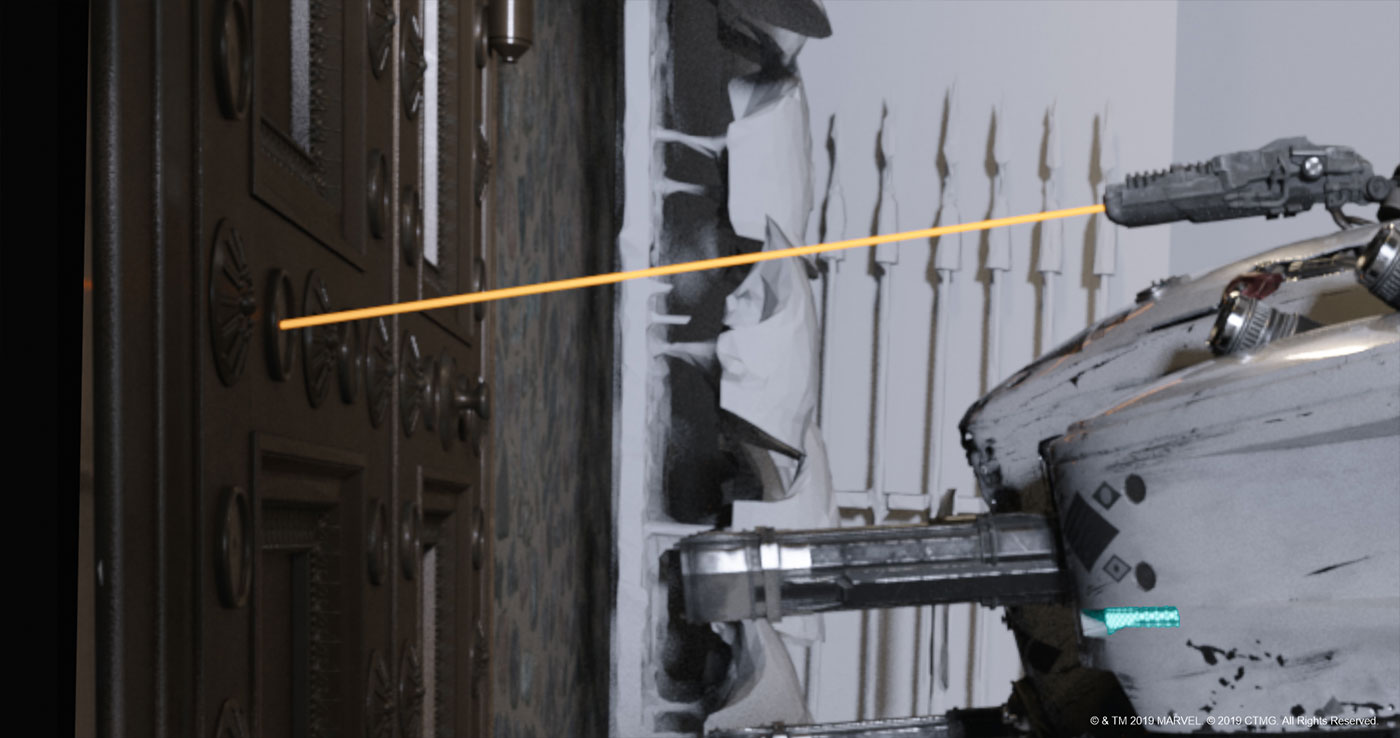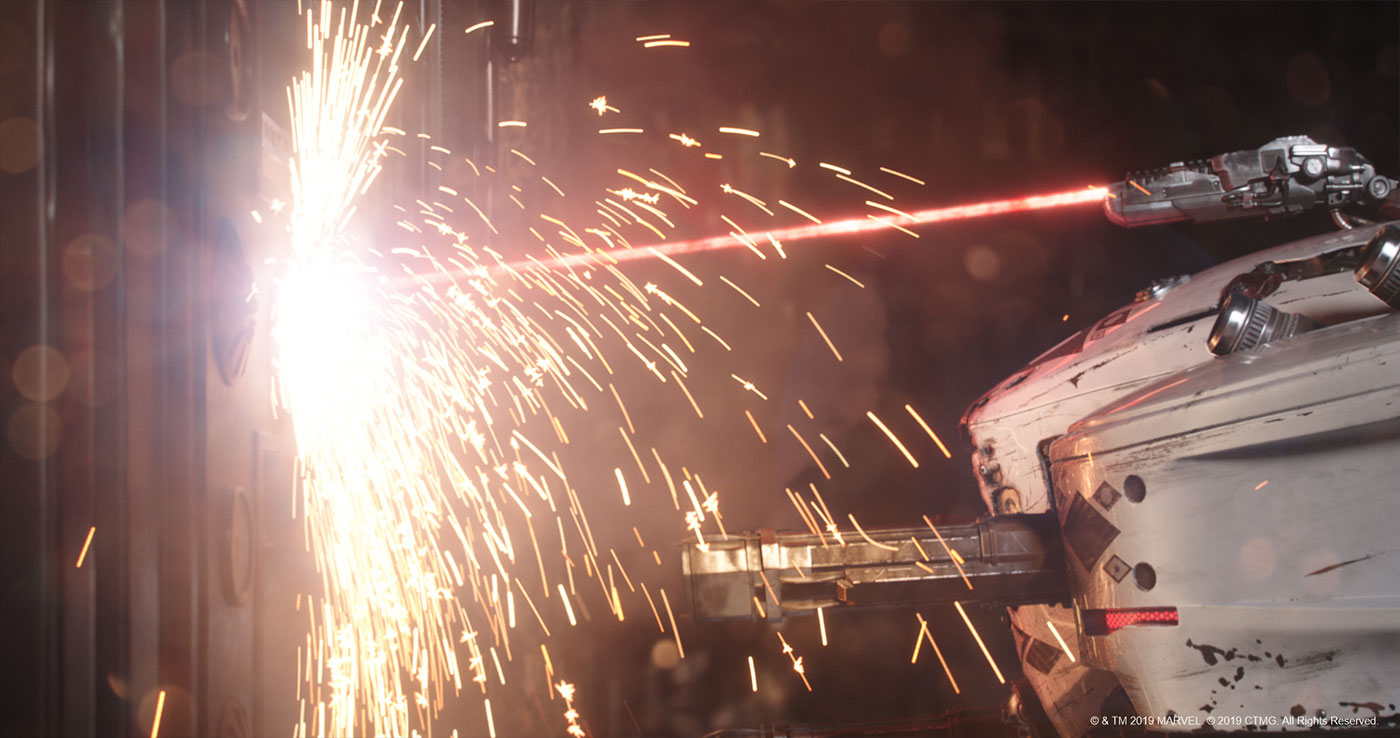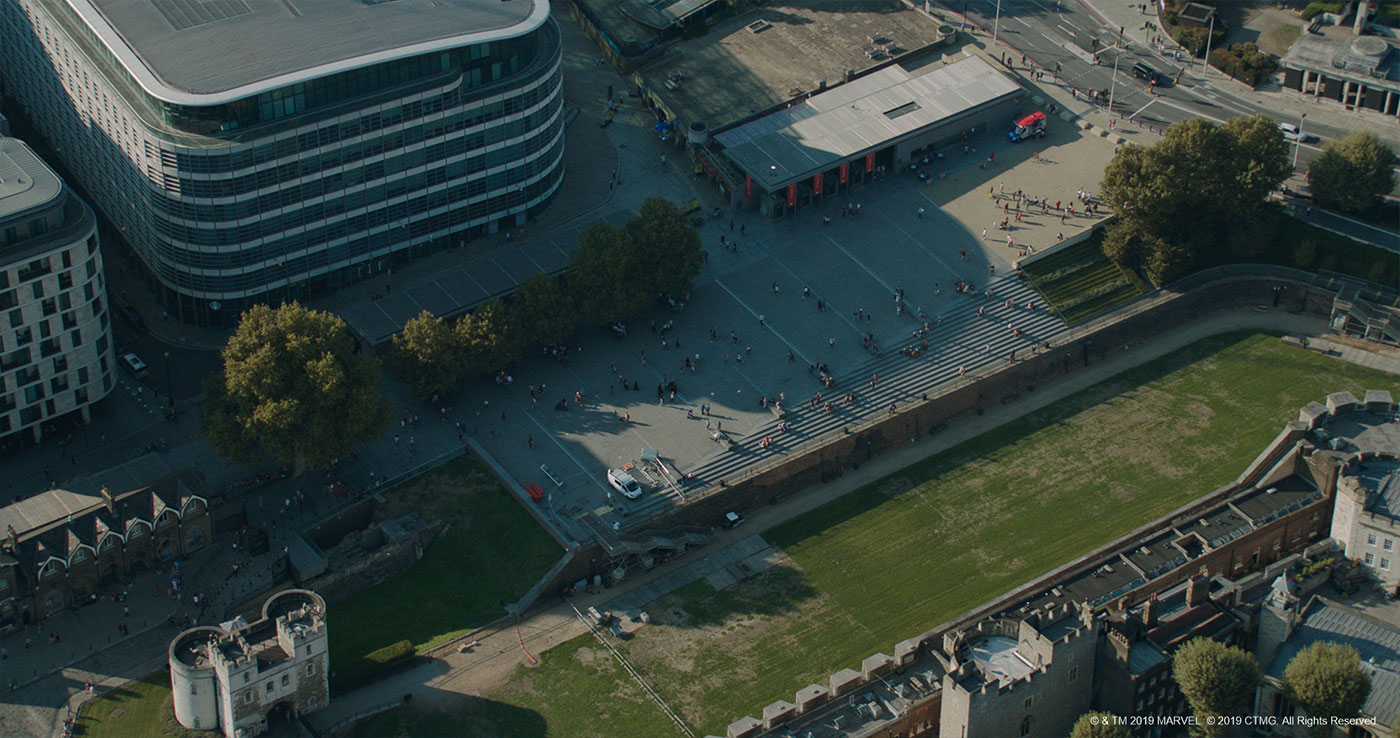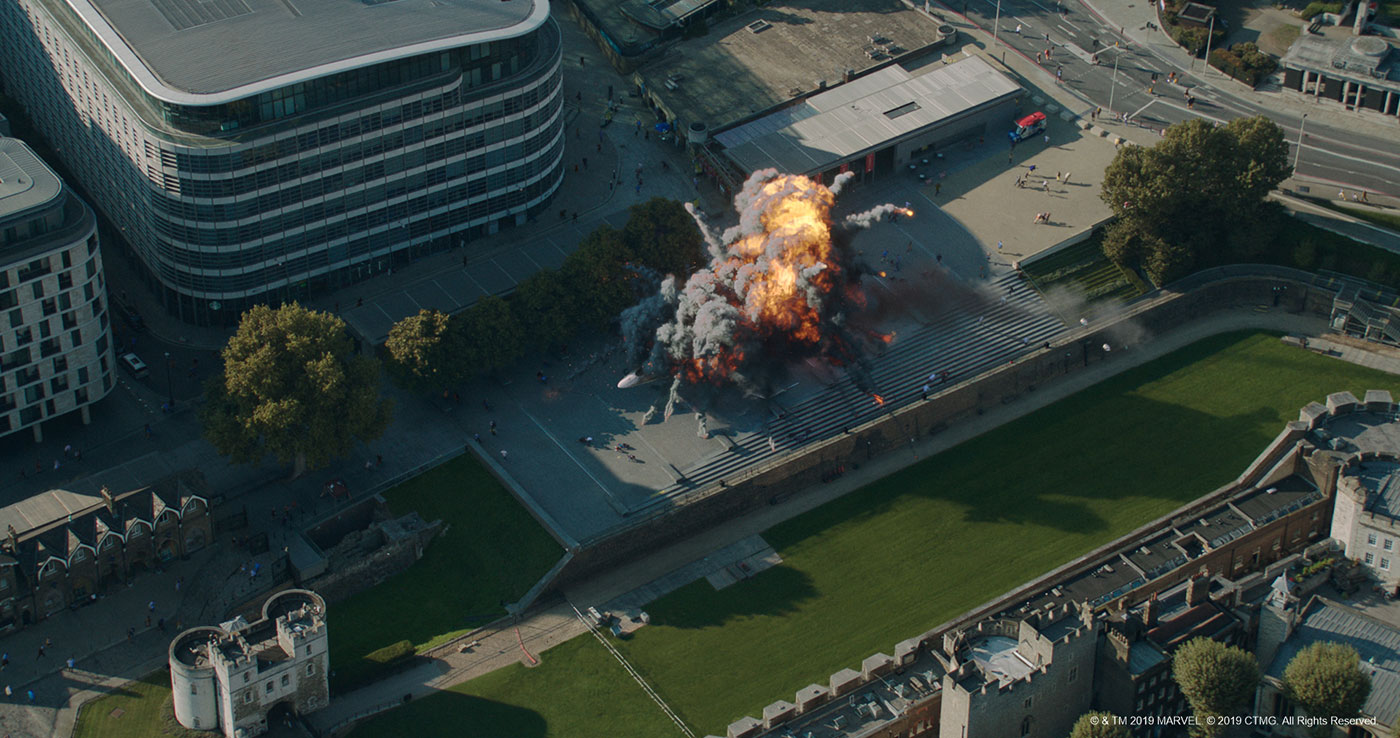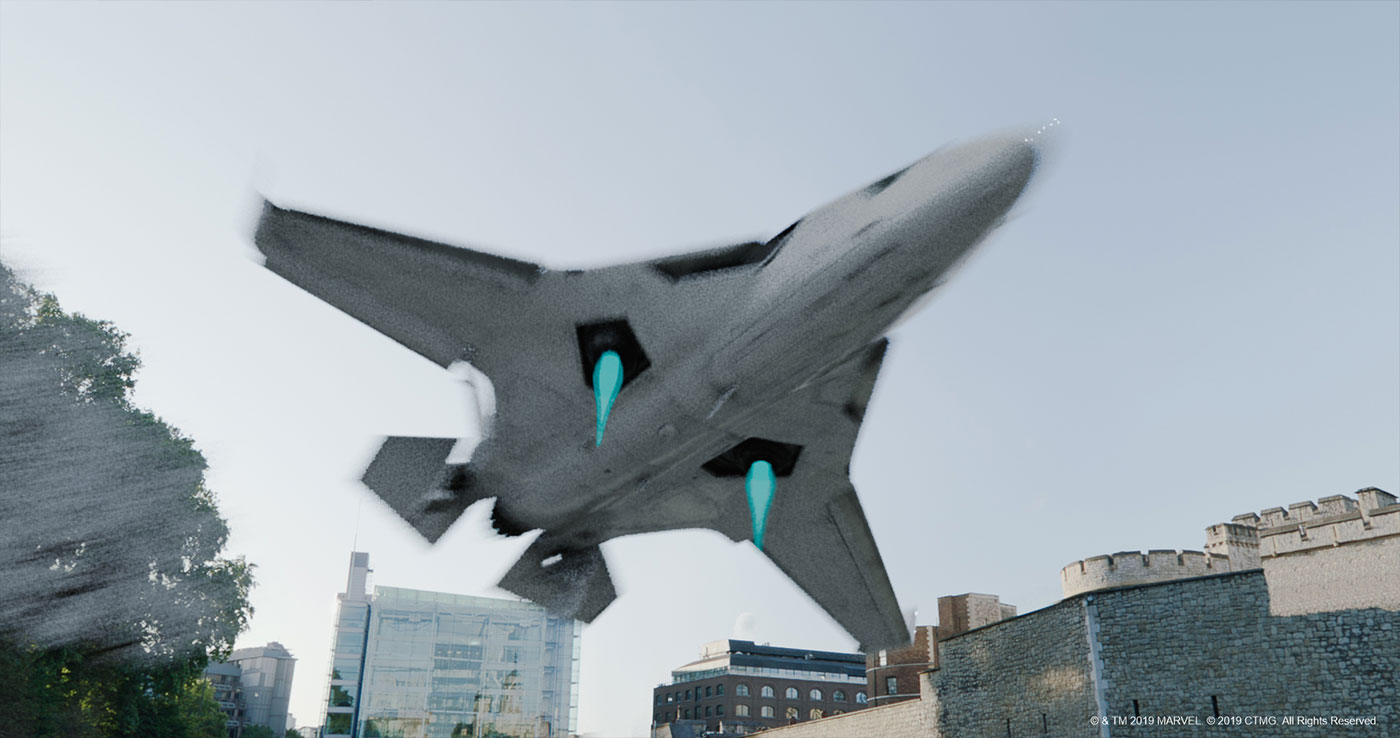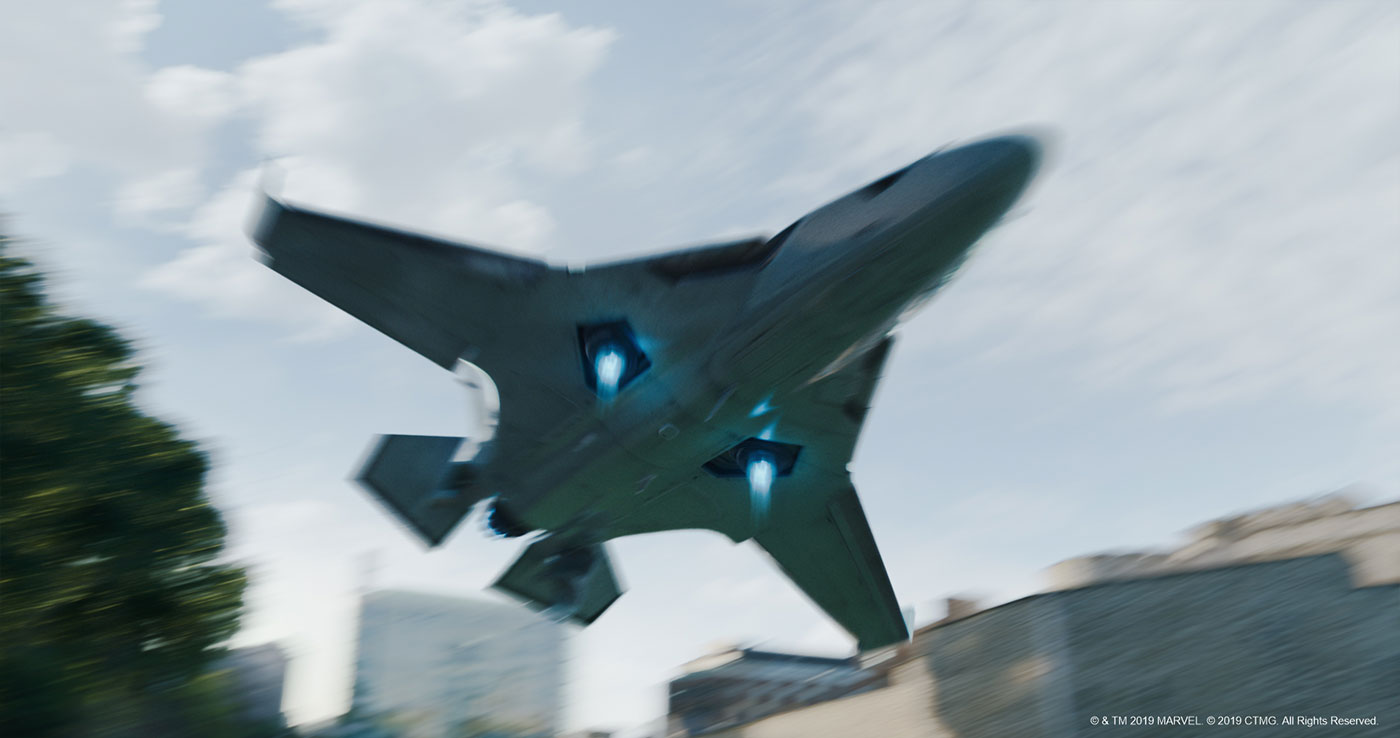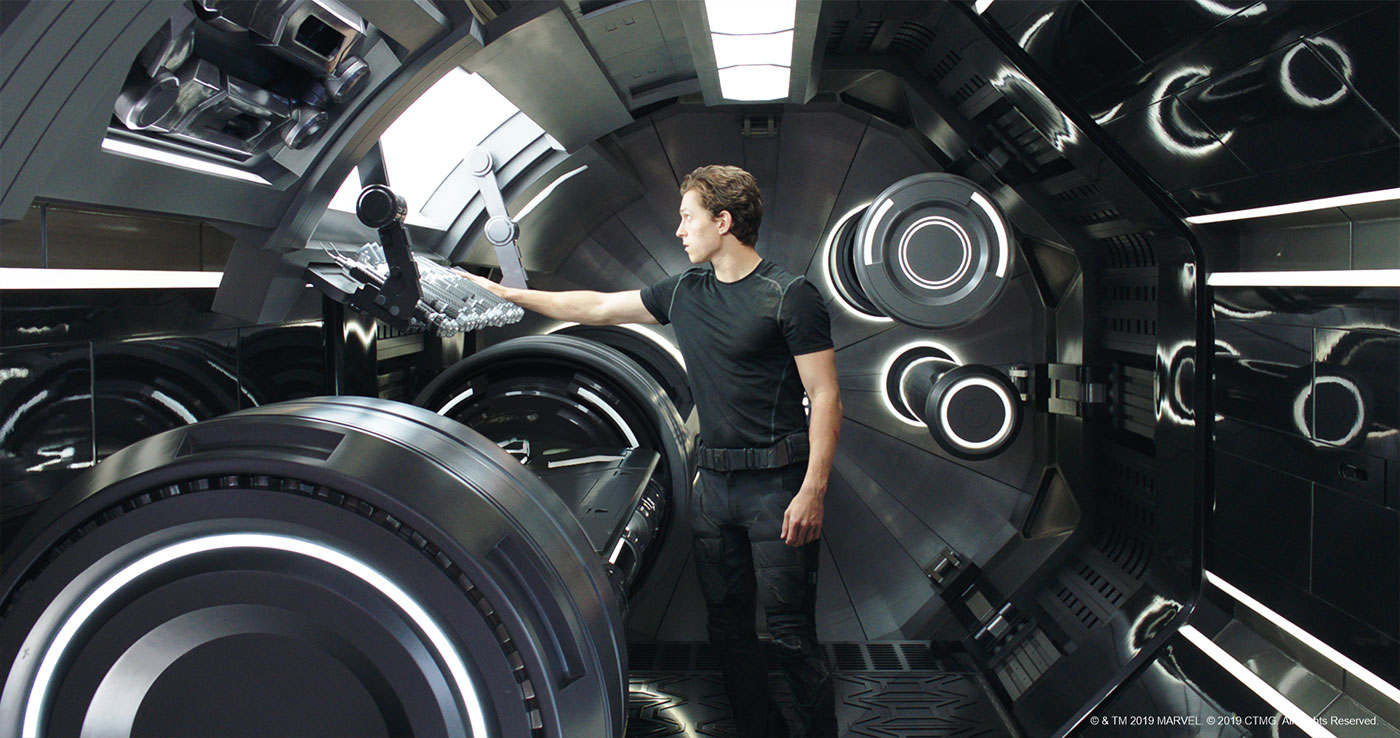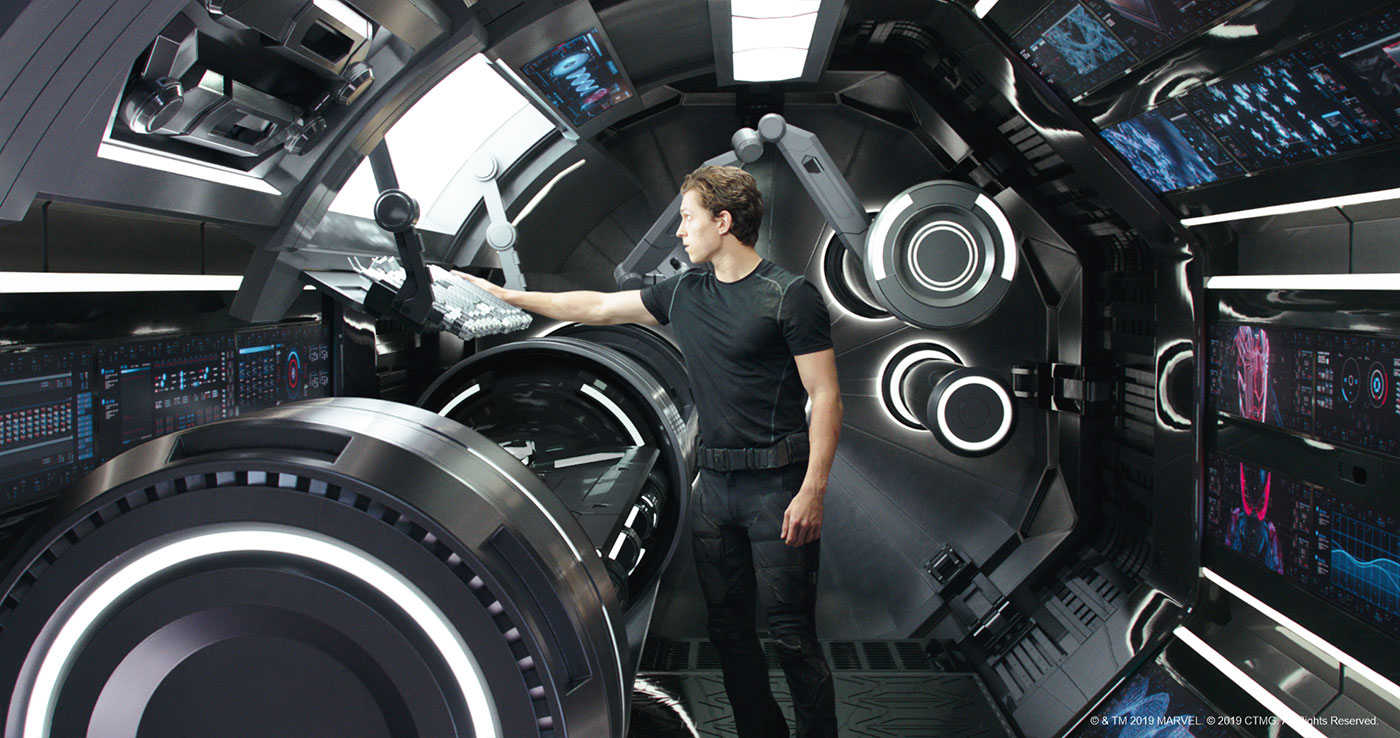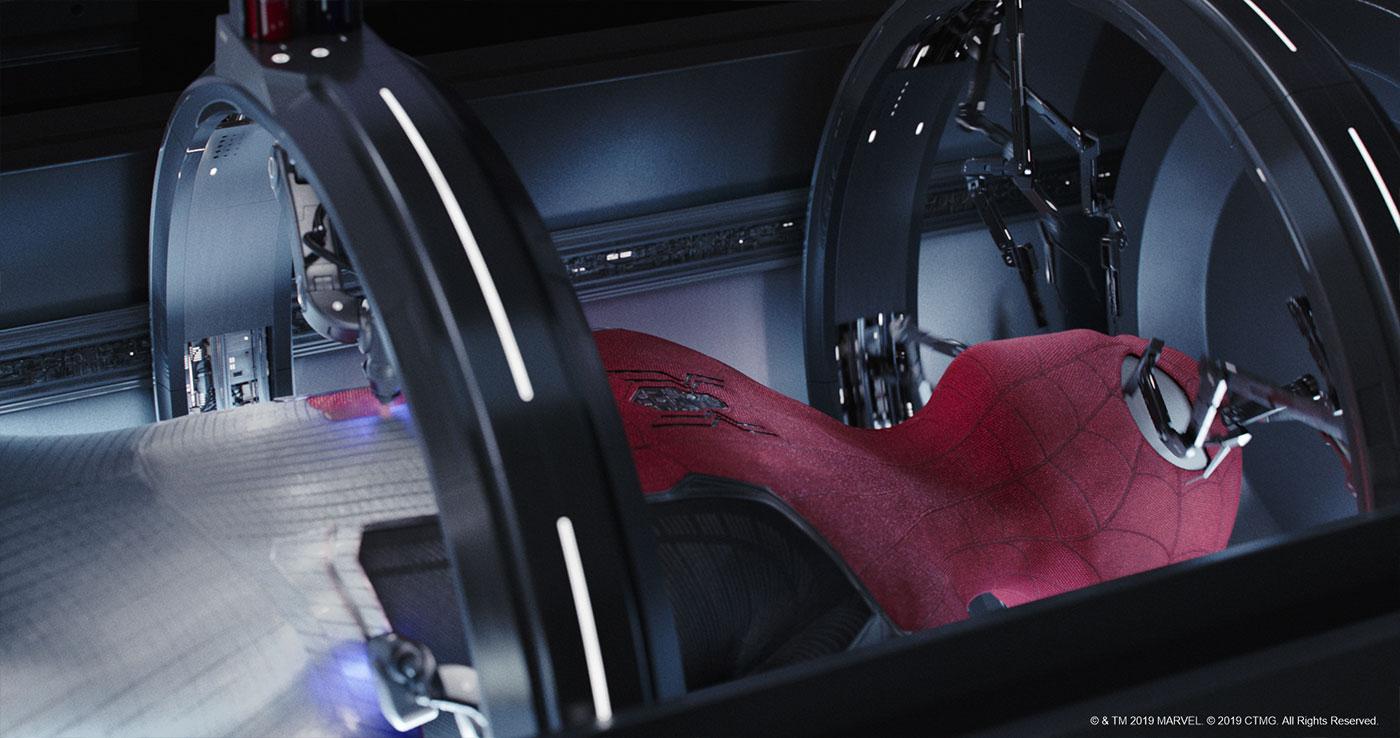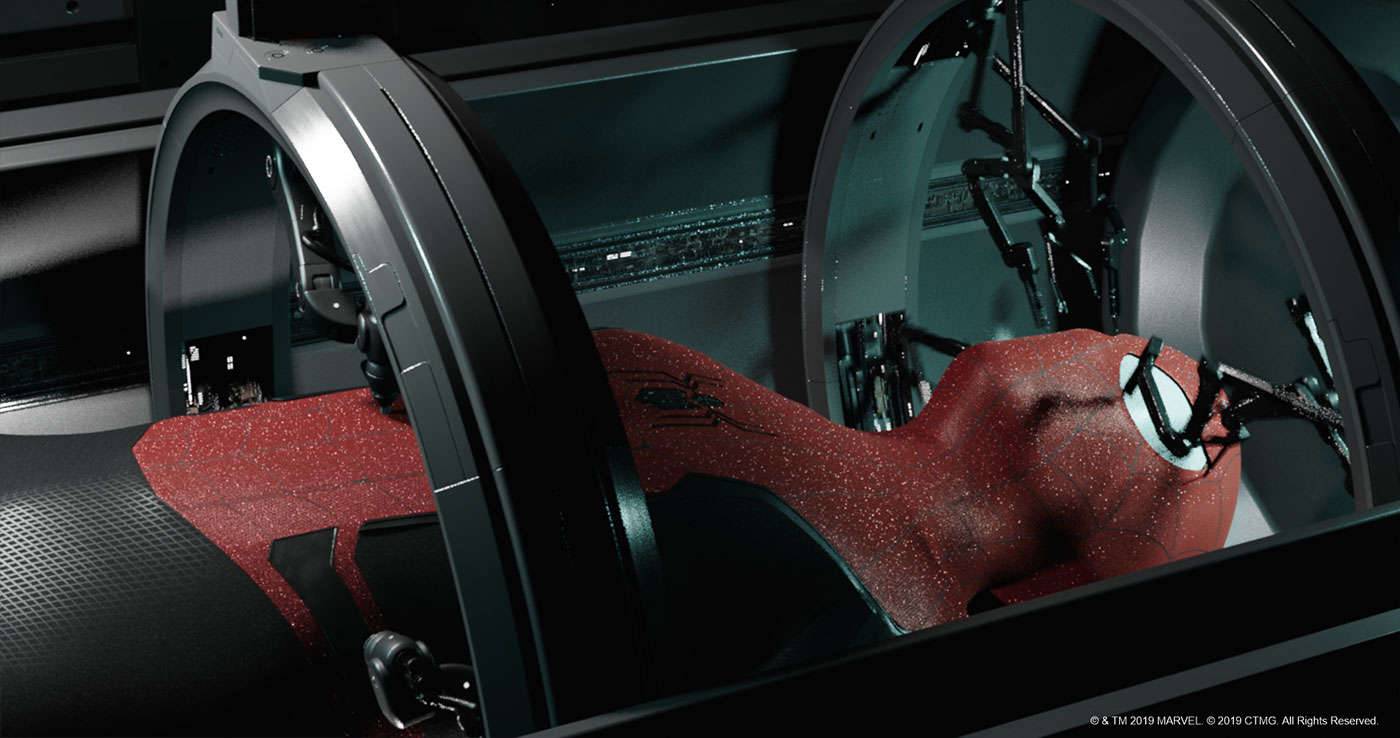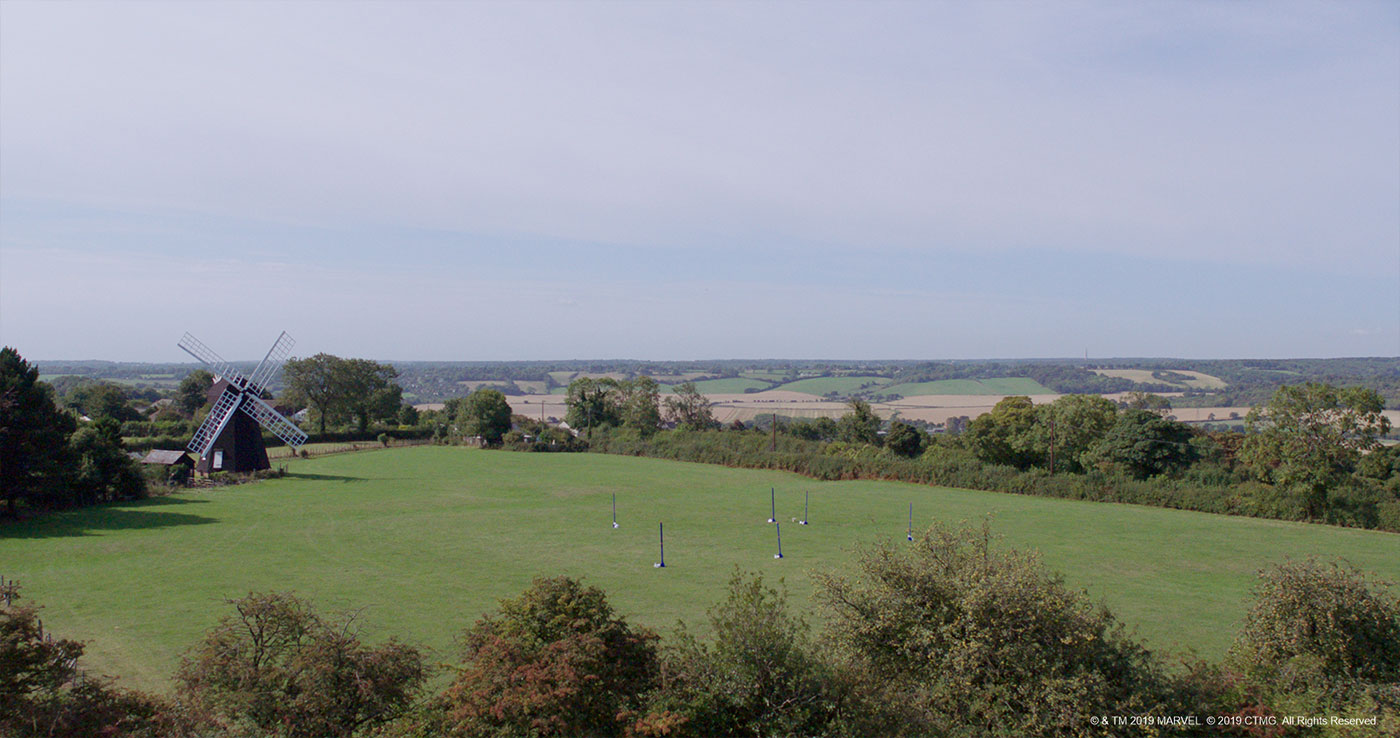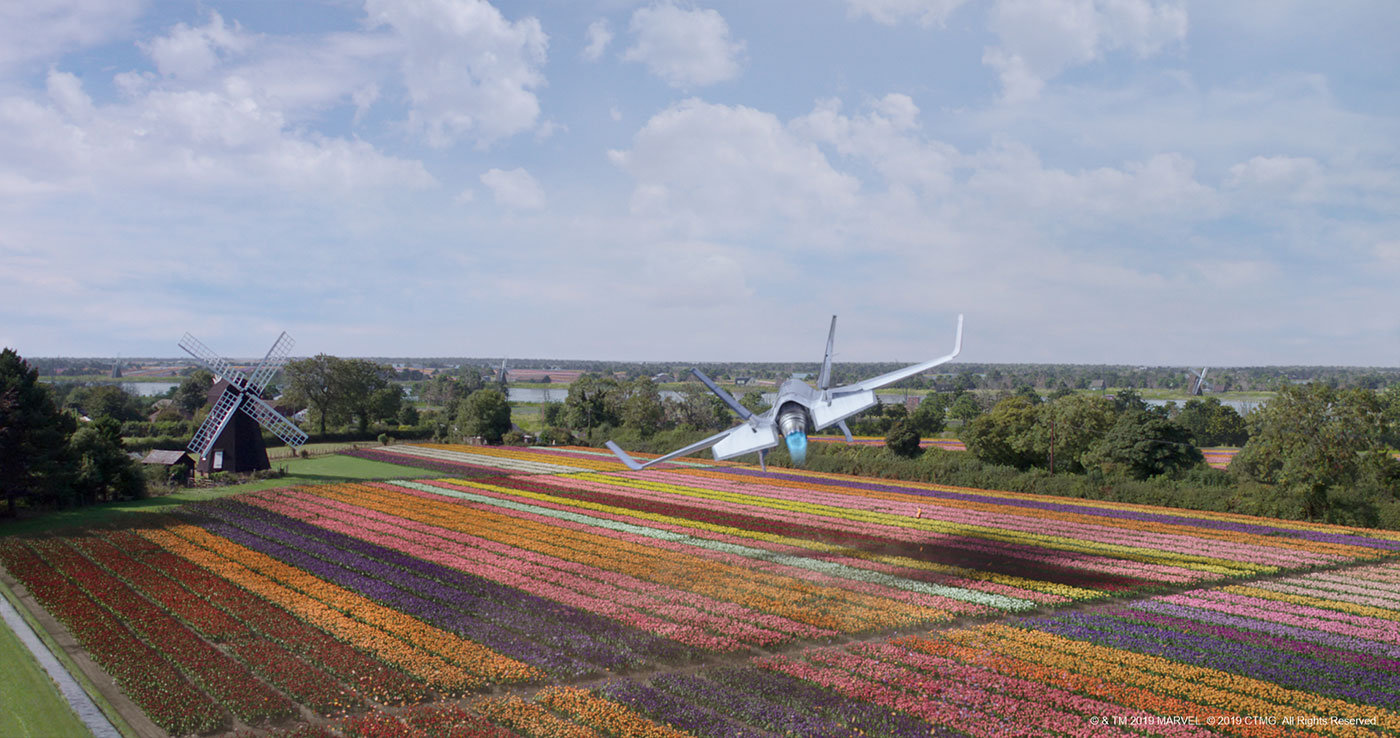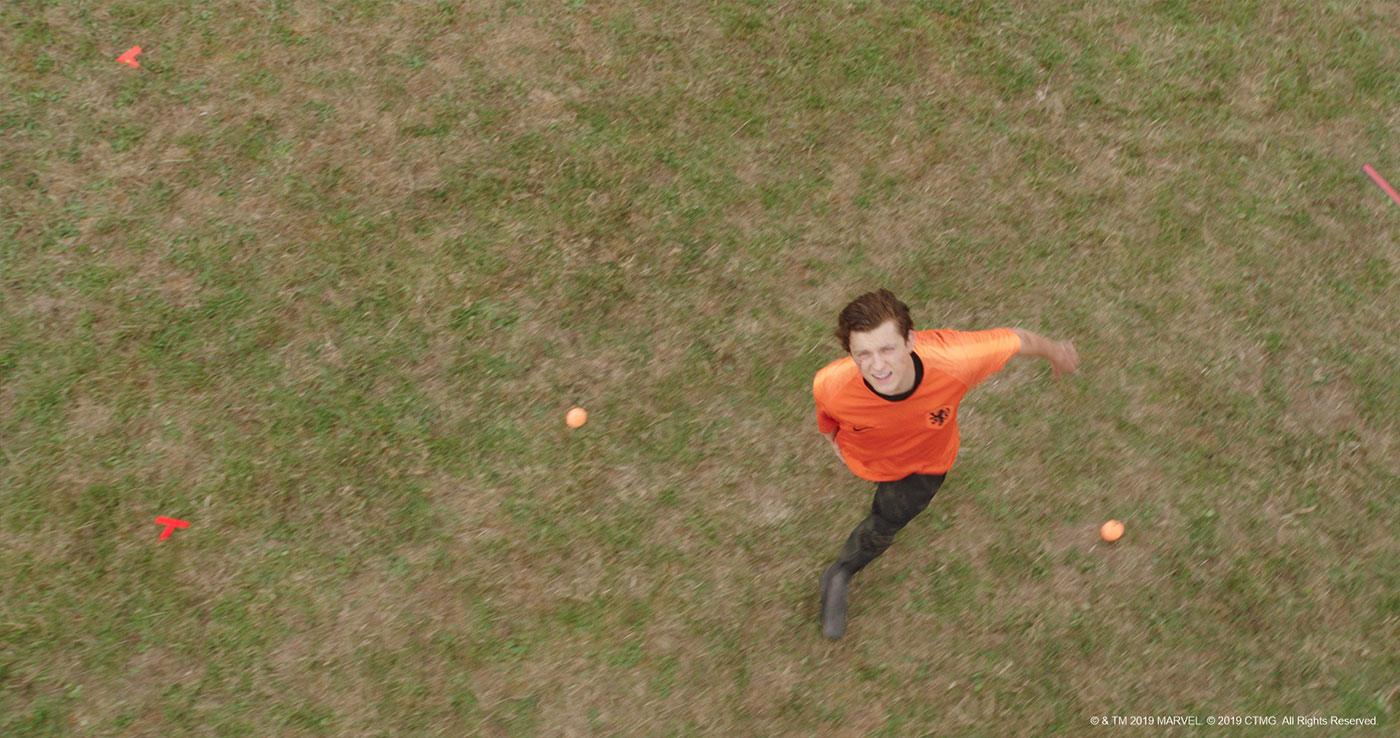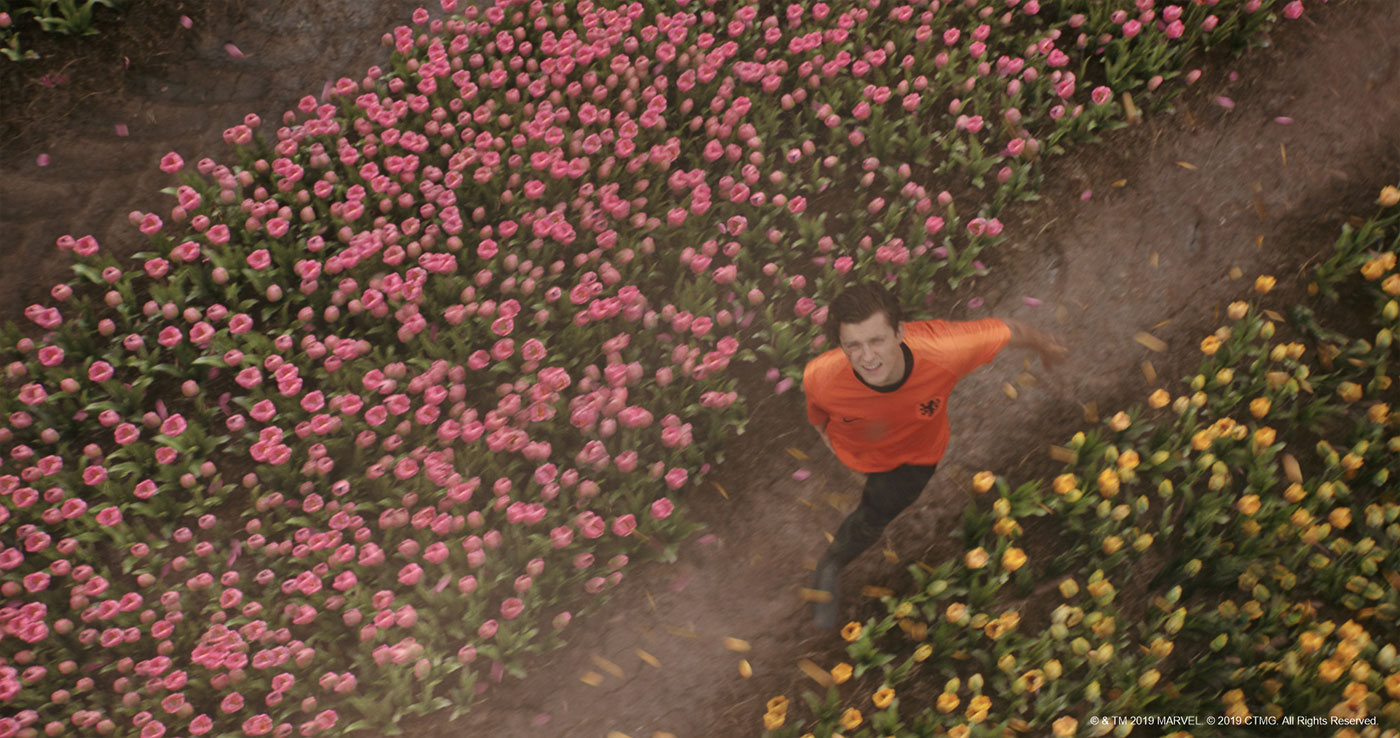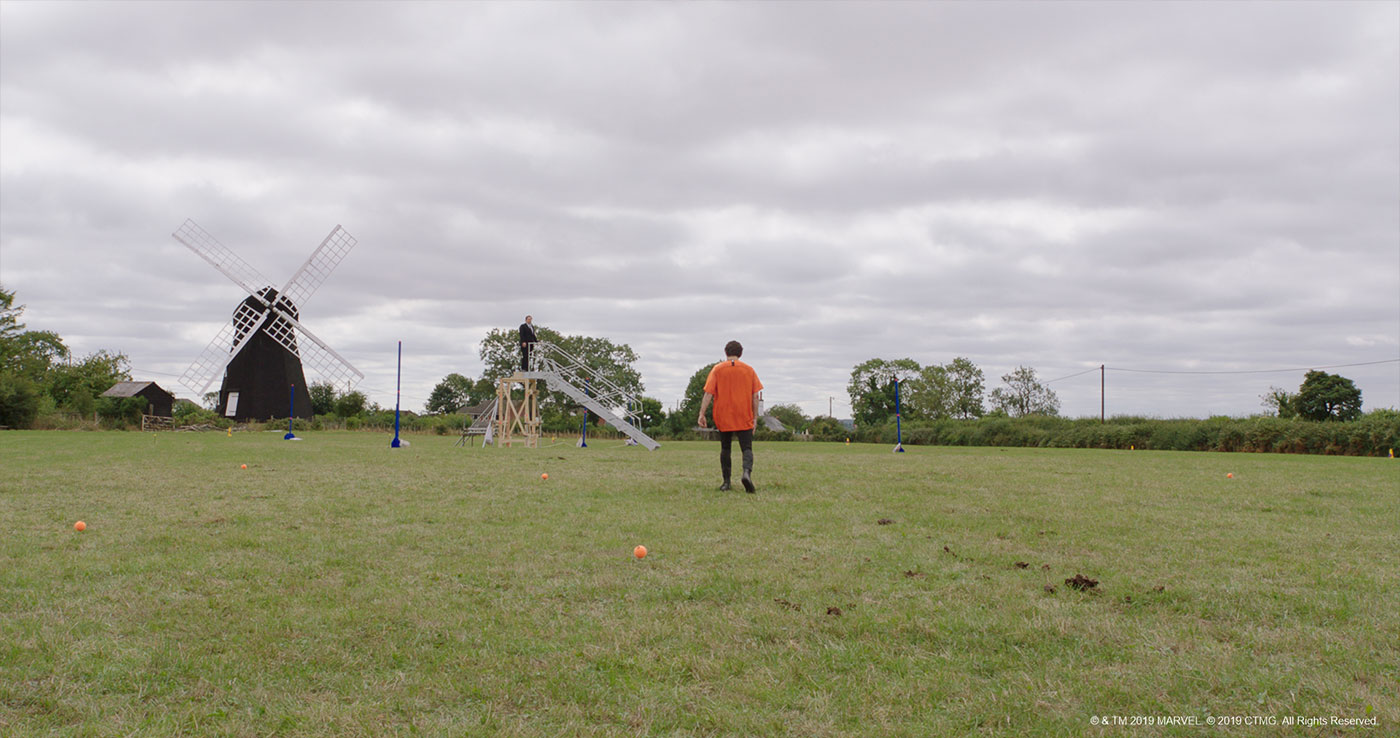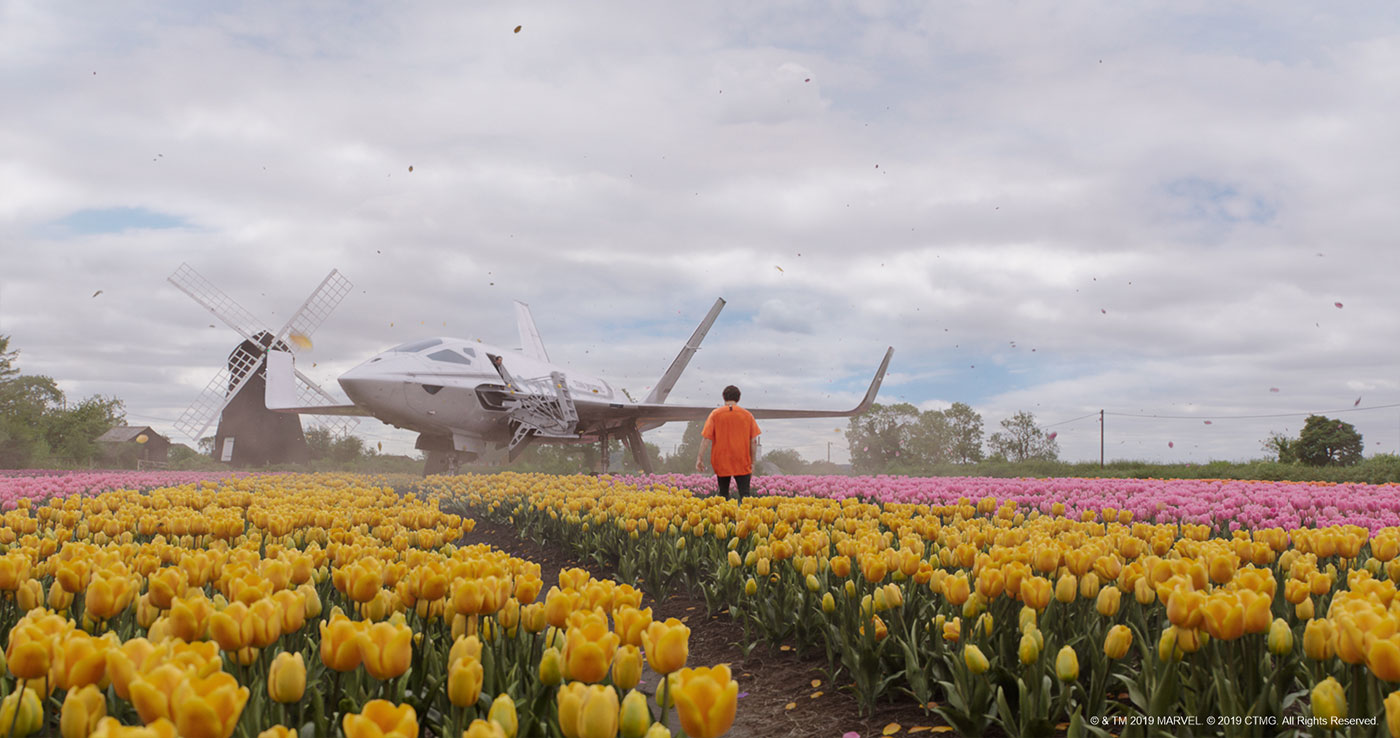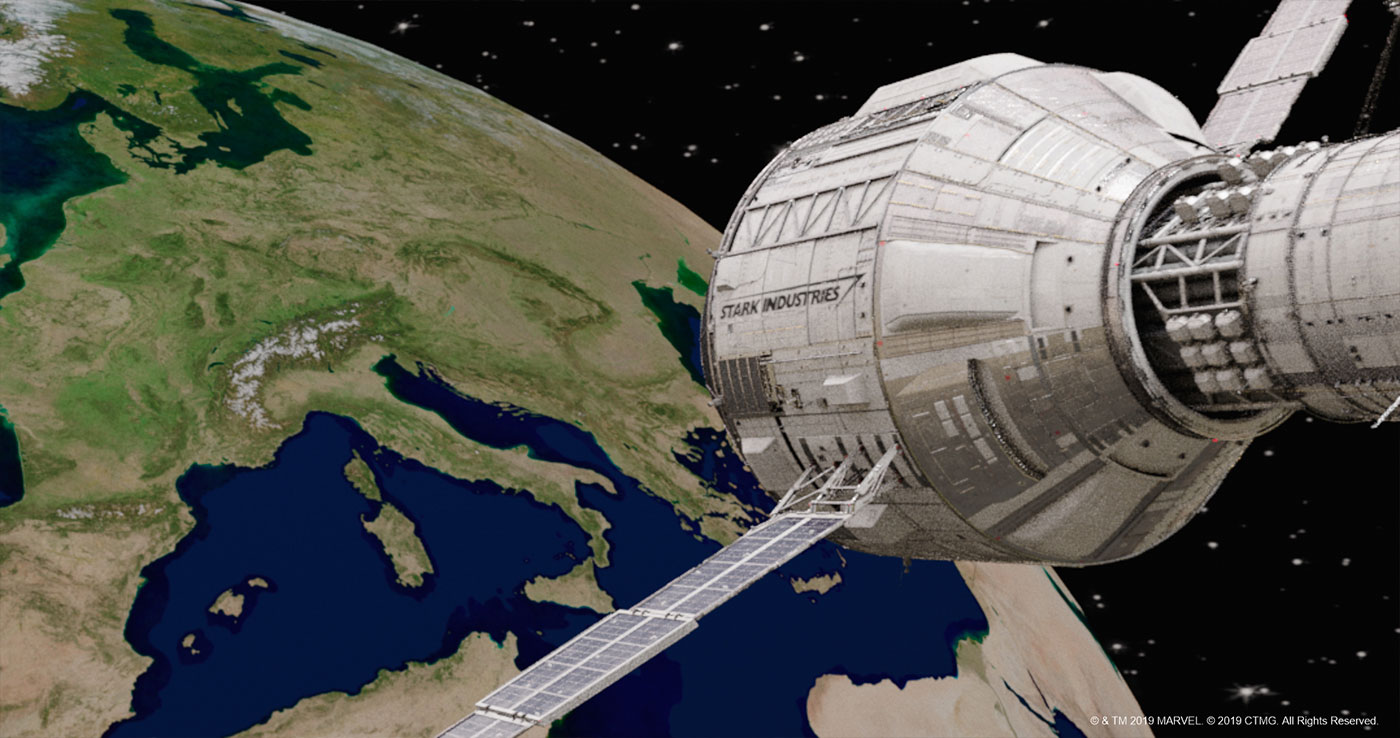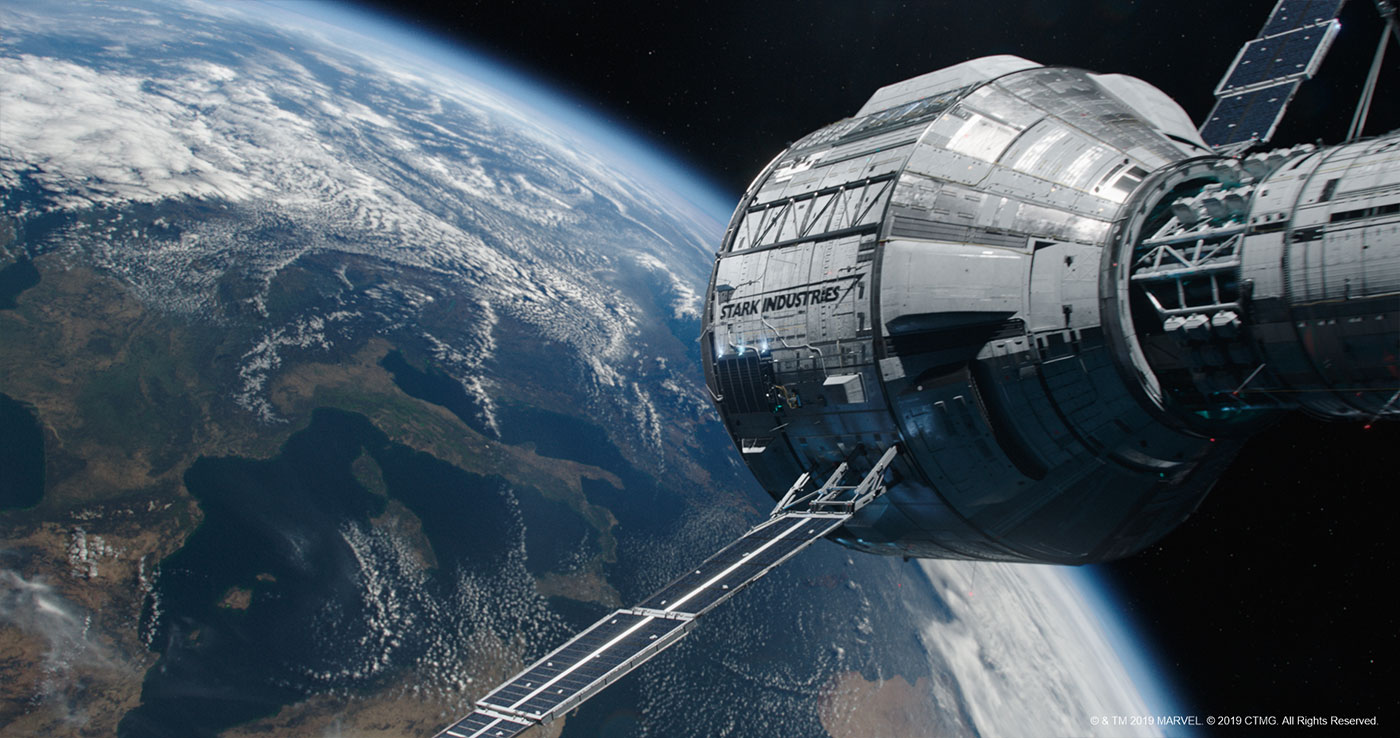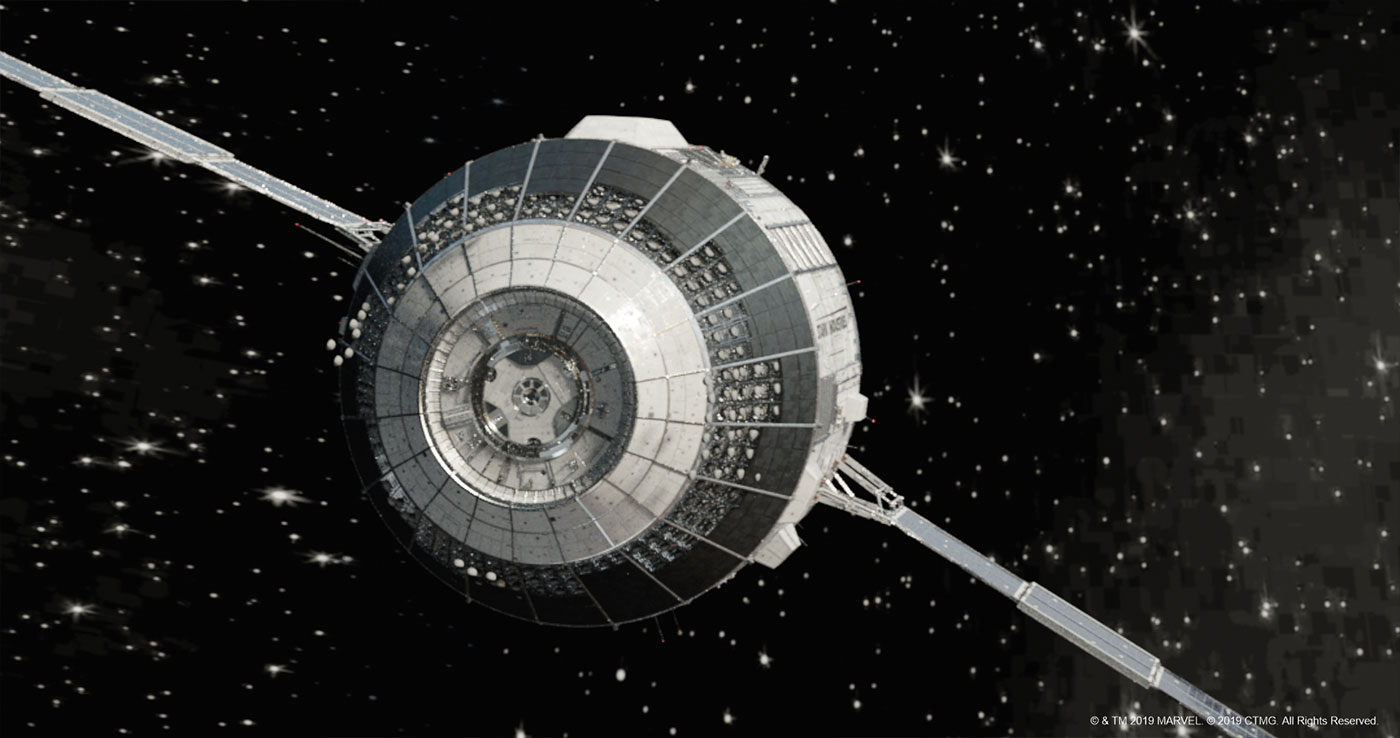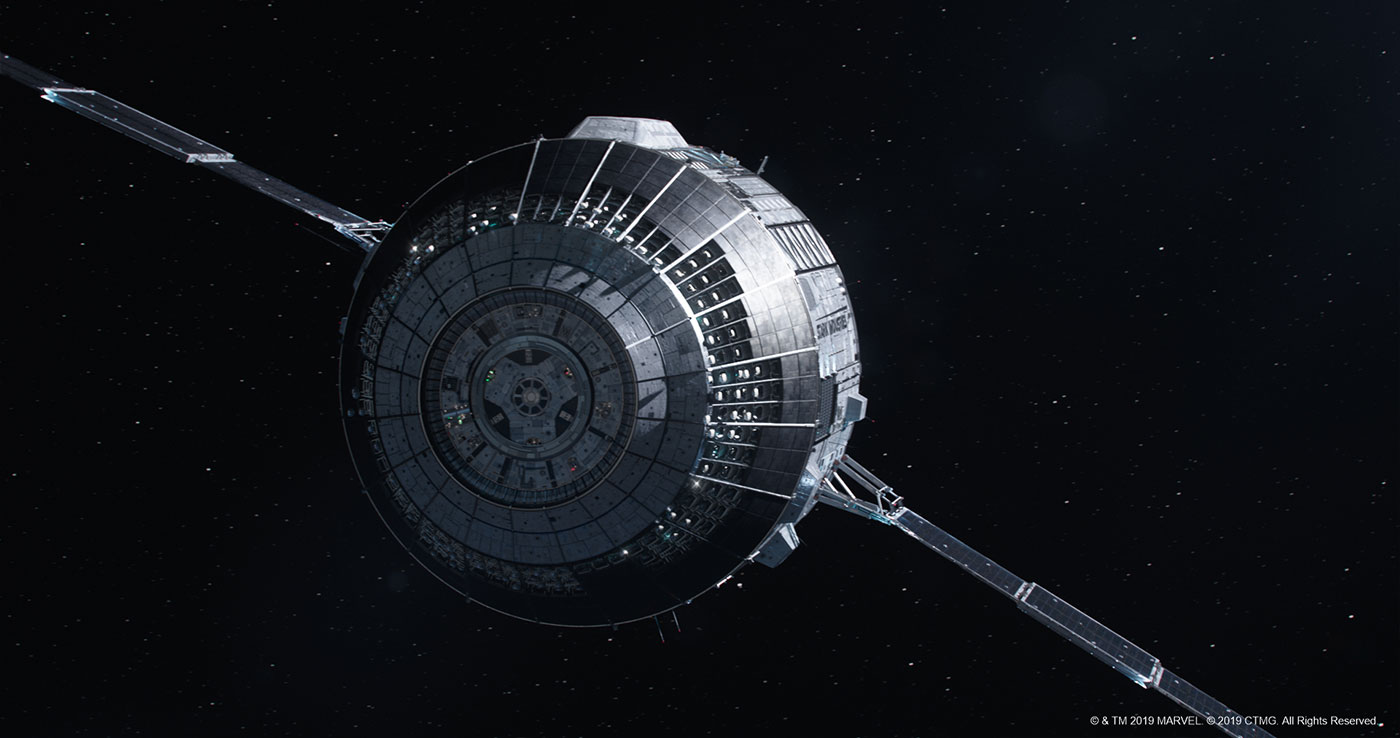Jörn Großhans started his career in visual effects in 2004. He worked at Pixomondo and Mackevision before joining Image Engine in 2018. He has worked on numerous shows such as SUCKER PUNCH, HUGO, THE SHANNARA CHRONICLES and GAME OF THRONES.
What is your background?
I studied audiovisual media in Germany and worked as a generalist before I specialized in
compositing and worked my way up to Visual Effects Supervisor for various films. Before joining Image Engine in 2018, I worked on both film and television, including GAME OF THRONES, INDEPENDENCE DAY: RESURGENCE and STAR TREK: INTO DARKNESS.
How did you and Image Engine get involved on this show?
Image Engine had previously worked with the Marvel on THOR: RAGNAROK, so they had familiarity with our studio. After we secured the project, our Executive Producer Shawn Walsh, asked me to join the team to work on the show.
What was your feeling to be part of a Spider-Man movie?
It is always great to work on a high profile movie such as this, and being my first superhero movie, I was very excited!
What was the collaboration with director Jon Watts and Overall VFX Supervisor Janek Sirrs like?
Working with Janek was great! We didn’t speak directly to Jon, but Janek really knew what the director and Marvel wanted to see, so if Janek approved something, 98% of the time, it was also approved by Jon and Marvel.
What was their expectations and approach about the visual effects?
Janek wanted us to base everything on real-world references and then take them a bit over the top, while at the same time making sure that everything integrates seamlessly into the well-established design language of the Marvel Cinematic Universe.
How did you organize the work with your VFX Producer?
I worked with the Image Engine team on the creative and technical aspects of the shots and presented our work to Janek. Our Visual Effects Producer Tara Conley managed the resources of the show and worked closely with the overall Visual Effects Producer, Cyndi Ochs.
What are the sequences made by Image Engine?
We contributed a variety of effects within eight sequences in SPIDER-MAN – FAR FROM HOME:
We created a procedural CG environment where we replaced a large flat grassy field with CG tulips, including heavy FX simulations.
We worked on most of the Stark Jet shots, where we built a destructible CG Jet asset. The close-up Spider-Man suit building shots and the transforming workshop and cockpit replacements were also done by our team.
We did a fair amount of greenscreen shots where Peter and the gang are on a bus in the Alps. We contributed to the drone shots where Happy and the kids are hiding in the Tower of London as well as all of the satellite shots.
Peter’s Matrix-style jump out of the bus and drone attack were also in one of our sequences, as well as some GFX and hologram shots.
How did you work with the art department for the drones?
The base model of the drones was built by Sony Pictures Imageworks.
Can you explain in detail about the drones creation?
As a base, we used the asset from Sony Pictures Imageworks and then modified it to our sequence. We needed additional layers of destruction and dirt details incorporated because the drones are getting attacked by guards and hit by MJ with a mace.
How did you rig and animate them?
The rig was pretty much standard, but Jon and Janek wanted to see a unique animation pattern so that the drones can only do one action at a time and so that the animation has a kind of mechanical feel to it. My Animation Supervisor Jeremy Mesana and his team did a great job of nailing this down.
Did you received specific indications and references for the drones?
For the asset itself there where a number of concepts available right from the beginning.
Some sequences involve a huge number of drones. How did you handle these crowd shots?
When the Stark satellite launches thousands of drones, we used an FX simulation to animate the swarm. We were aiming to give it a kind of AI feel.
Can you tell us more about the crowd animations?
For the crowd simulations, we used Atoms Crowd. This was a brand new toolset for the studio, so there was quite a bit of R&D involved. For the shots themselves, the crowd had to react to the exploding Stark Jet, so we used some mocap data with falling and covering guys to feed the agents who were then triggered by the FX explosion.
How did you create the various FX of the drones such as their weapons and destructions?
For the drone tracer fire, we used real-world references. Our FX Lead Julien Depredurand and his team built a clever set-up in Houdini so the animation proxy tracer was replaced with the simulated ones including muzzle flashes and gun smoke. For the laser cutter weapon, we used a thermal lance as a real-world reference. The FX team used that reference to build simulations for the smoke, sparks and the melting vault door in the tower sequence.
Most of the FX impact was a combination of simulated FX elements and comp elements which our Compositing Supervisor Daniel Elophe and team carefully brought together.
Can you tell us more about your GFX work and the various animations?
Most of the GFX was done as a close collaboration with different GFX vendors. We did the matchmove and sent it out and then got GFX render elements back which we then integrated into our CG monitors for the final comp.
For the Edith Glasses, our Compositing Lead Tilman Paulin did the design and setup, which was then used on various shots during the movie and which was also delivered to other vendors.
Can you explain in detail about the creation of the Stark Jet?
For the Jet, we received some concepts from Marvel at the beginning of the project. After we got the basic shape and proportions right, we started to add more detail based on photos from private luxury jets. There was also a design process involved for the prints and logo placement on the Jet hull.
Another task on the Jet was to rebuild the cockpit interior. Marvel wanted to have the real-world set to look more sophisticated and slick, so we started with some concepts and replaced about 90% of the plate cockpit with a CG one.
The entire suit building machine inside the Jet workshop was also completely designed and built by Image Engine with senior concept artist Rob Jensen doing an excellent job of creating incredibly detailed concepts while trying to stay in the well established Stark-Tech design language.
How did you create the various environments and especially the tulip fields?
The tulip field sequence features Happy landing the Stark Jet in the Netherlands in, you guessed it, a field of tulips. We replaced the entire environment; only the actors are real in most of the shots. For the wider shots, we even had to introduce digi doubles to get the continuity and performance right.
The tulip field itself was a procedural set-up done under the guidance of our CG Supervisor Edmond Engelbrecht in Houdini with over 300,000 high-res tulips generated at render time. For the ambient wind movement, we used a pre-baked animation cycle when the Jet was landing and starting, switching over to an FX simulation to get all the details and turbulence forces right. We also did a second FX simulation pass for all the dust, debris and petals kicked up by the Jet.
To help our real-world actors integrate into the CG environment, we ended up projecting them onto roto-animated digi doubles and rendering the proper reflections and shadows for the wet soil pathways of the tulip fields.
We then had to roto all the actors out and marry them back together with the CG renders of the tulips, FX and CG Jet and some matte painting elements.
Is there something specific that gives you some really short nights?
There was a large variety of setups and looks which we had to establish. It was essential that we get everything just right so that was a lot of pressure. We rose to the challenge though!
What is your favorite shot or sequence?
I think the team did excellent work on all the sequences, so it is tough to choose one shot over another. But if I had to choose one I would probably say the small suit building montage with the macro close-ups on the Spider-Man suit which ended up looking really unique.
What is your best memory on this show?
Marvel invited us to a private screening when the first cut of the film was available. It makes it so much easier when you understand the whole context of the movie you are working on and also meet everyone involved in person! That was my best memory.
How long have you worked on this show?
Approximately 9 months.
What’s the VFX shots count?
In total we finaled 215 shots.
What was the size of your team?
There were about 160 people involved in different stages of the project.
What is your next project?
That’s top secret!
What are the four movies that gave you the passion for cinema?
I would say the usual suspects which include STAR WARS, INDIANA JONES, BLADE RUNNER, ALIEN and THE GOONIES! (I know that’s five; I couldn’t choose!)
A big thanks for your time.
WANT TO KNOW MORE?
Image Engine: Dedicated page about SPIDER-MAN: FAR FROM HOME on Image Engine website.
© Vincent Frei – The Art of VFX – 2019


